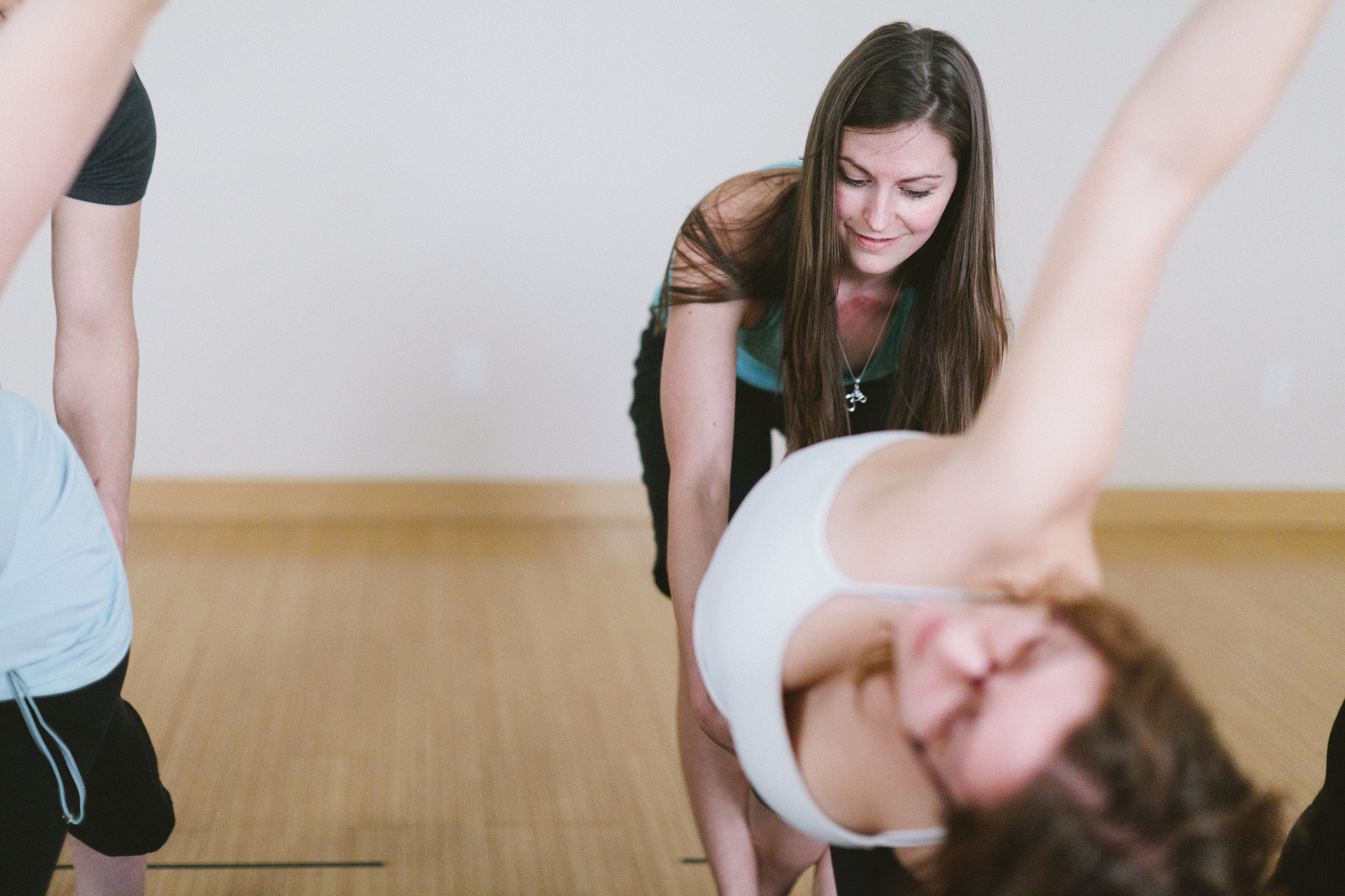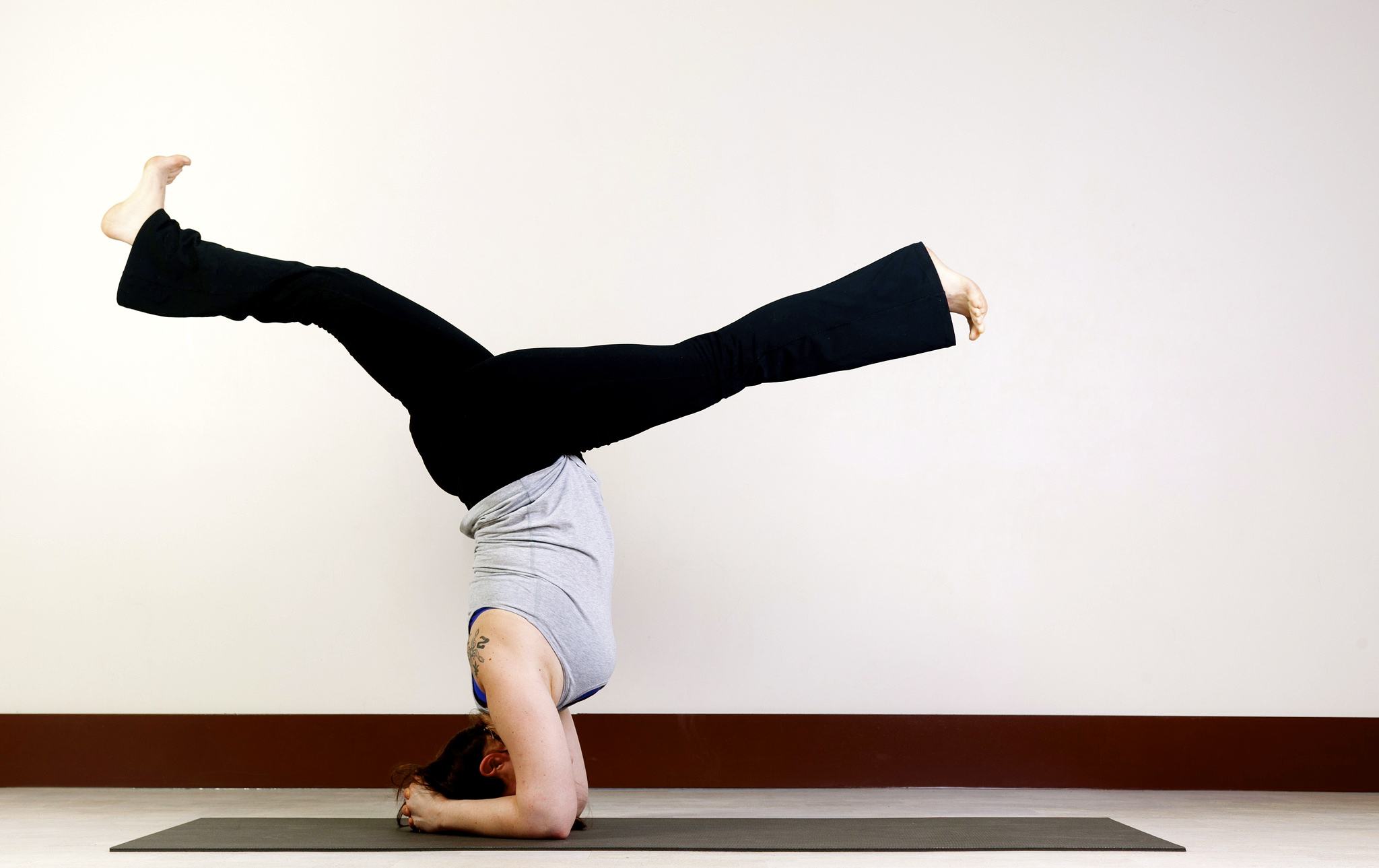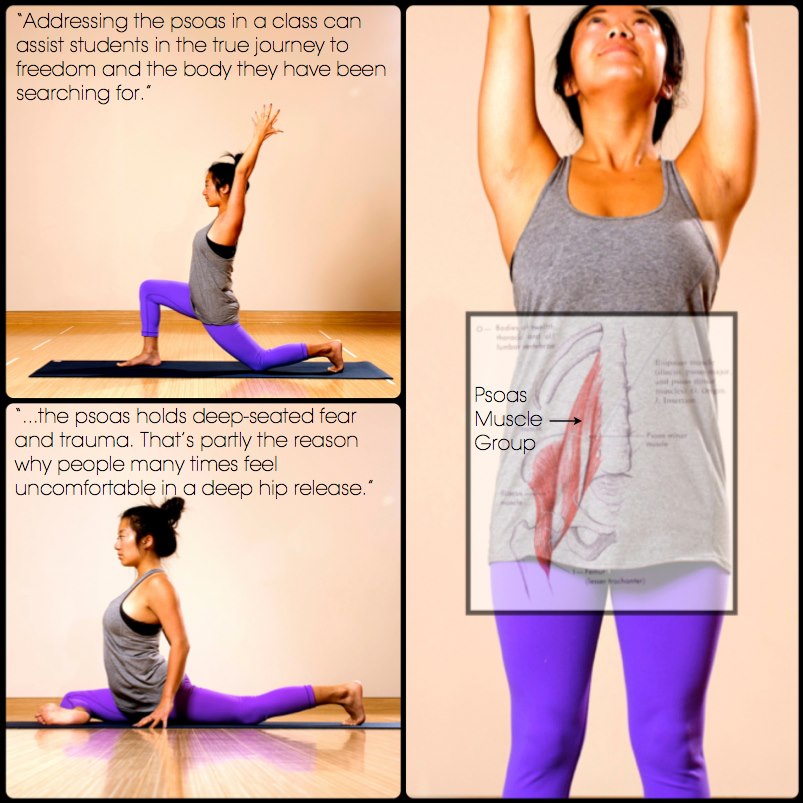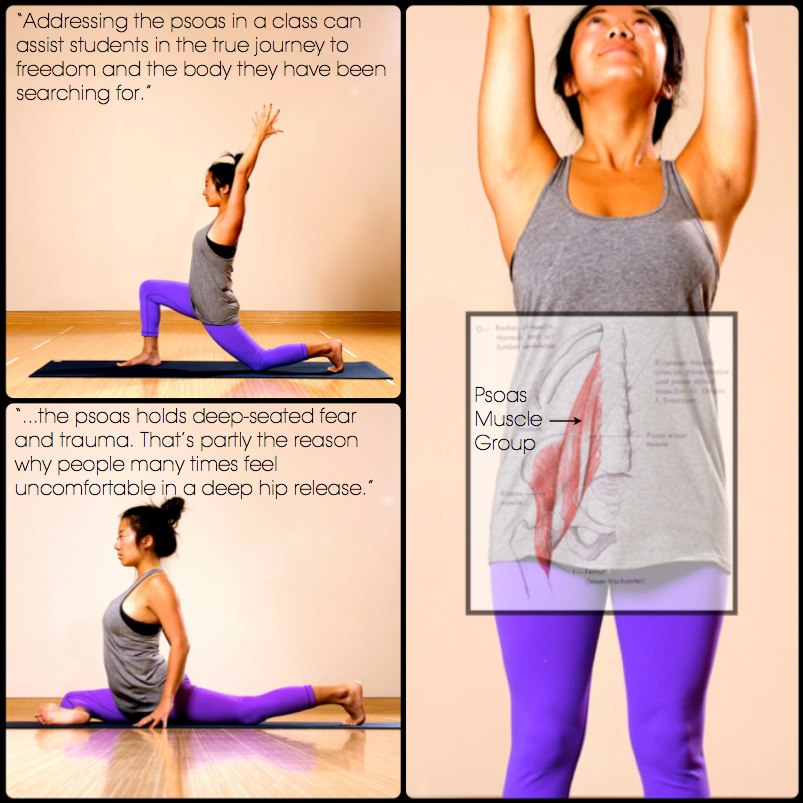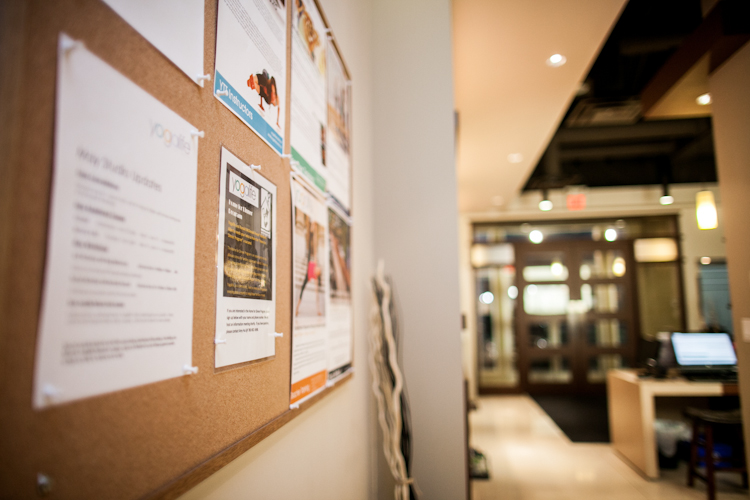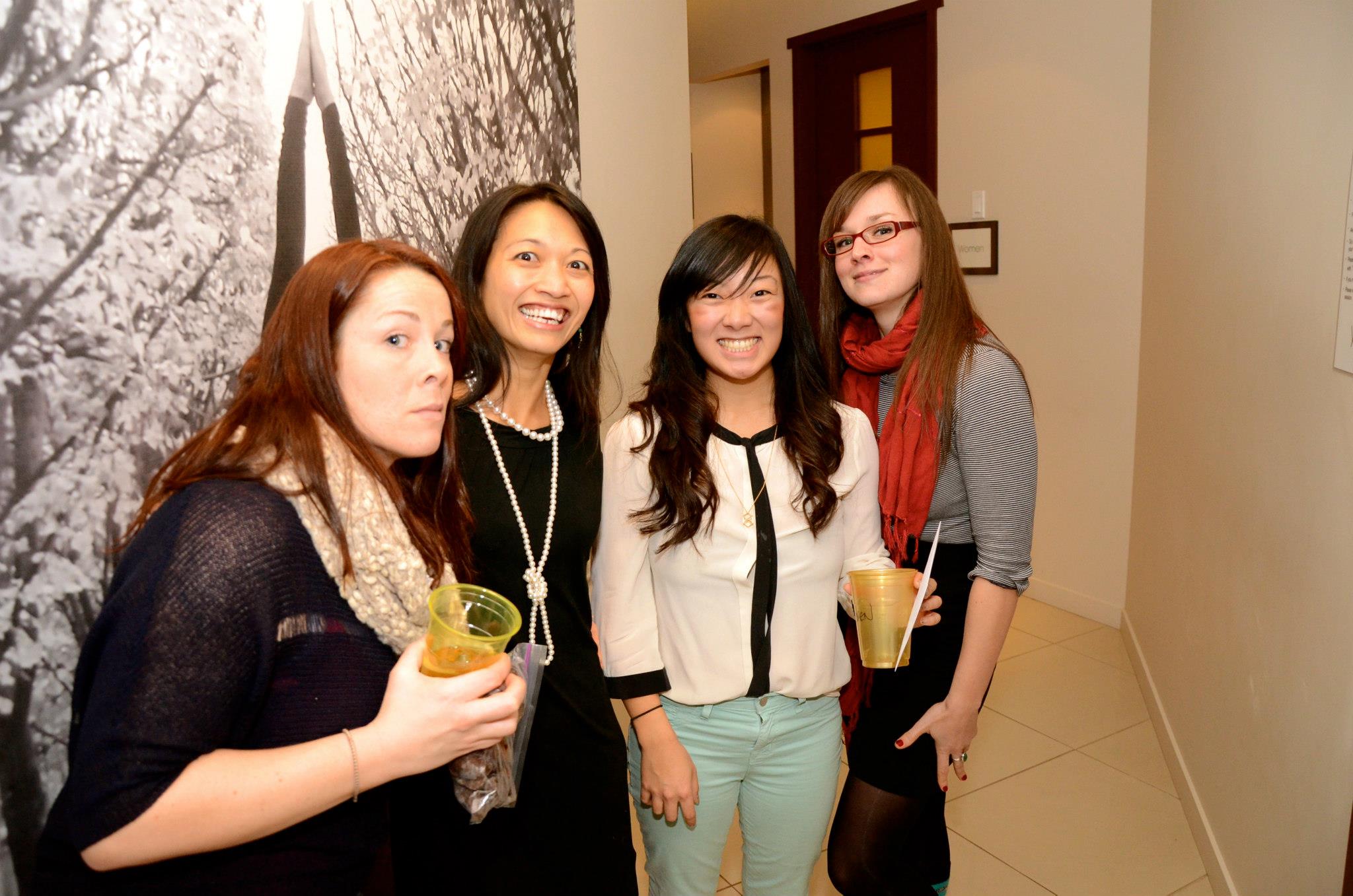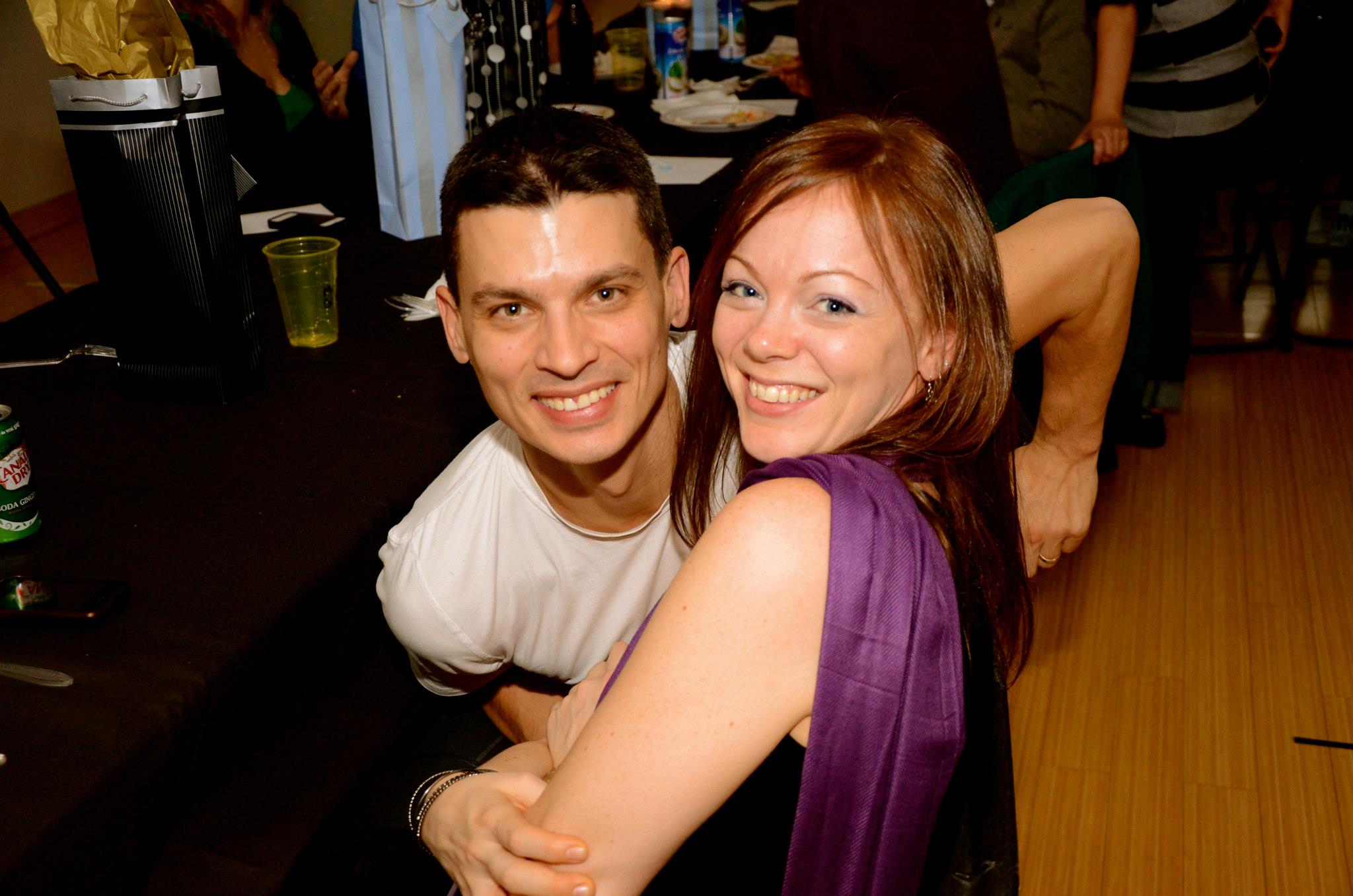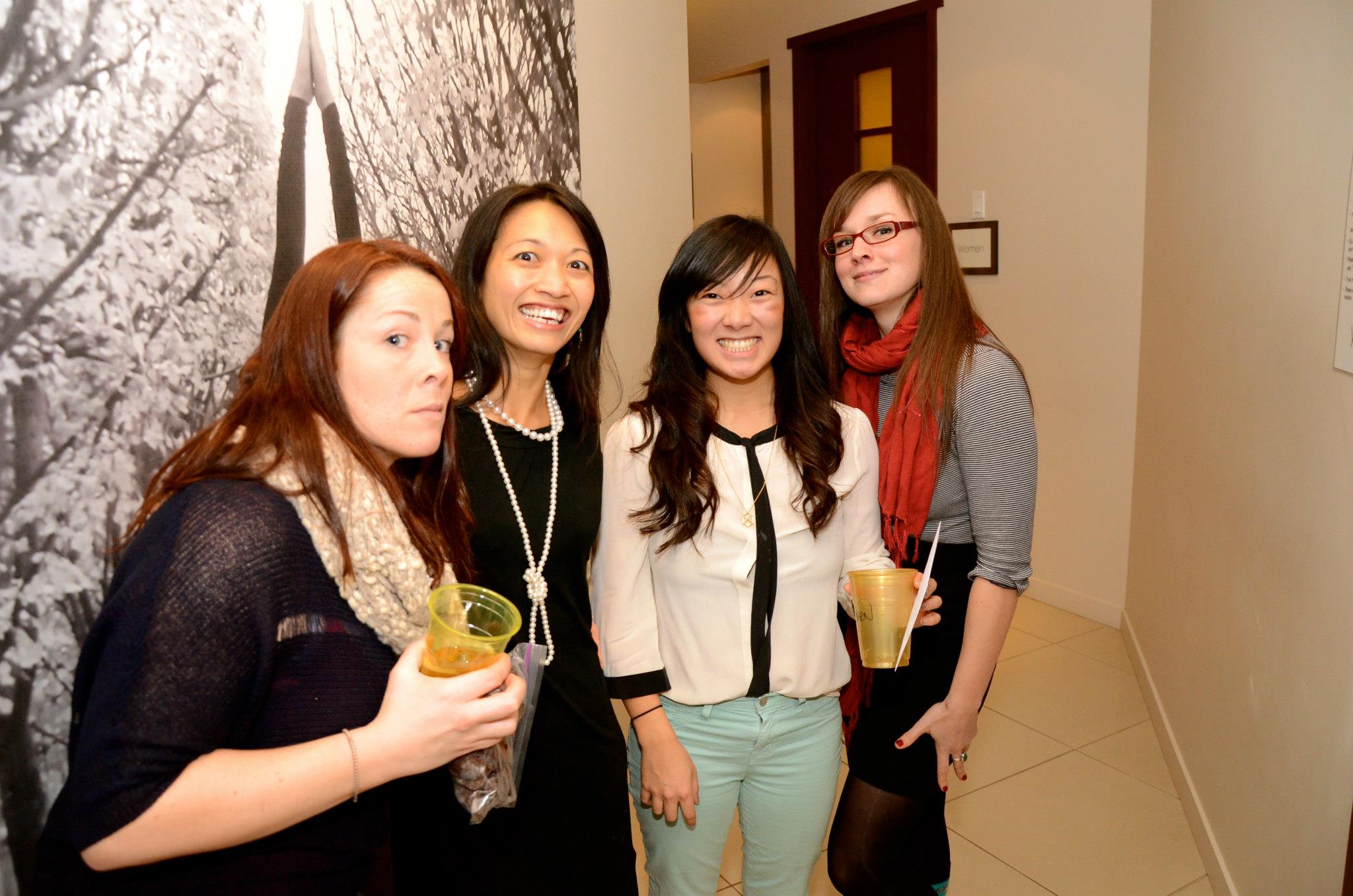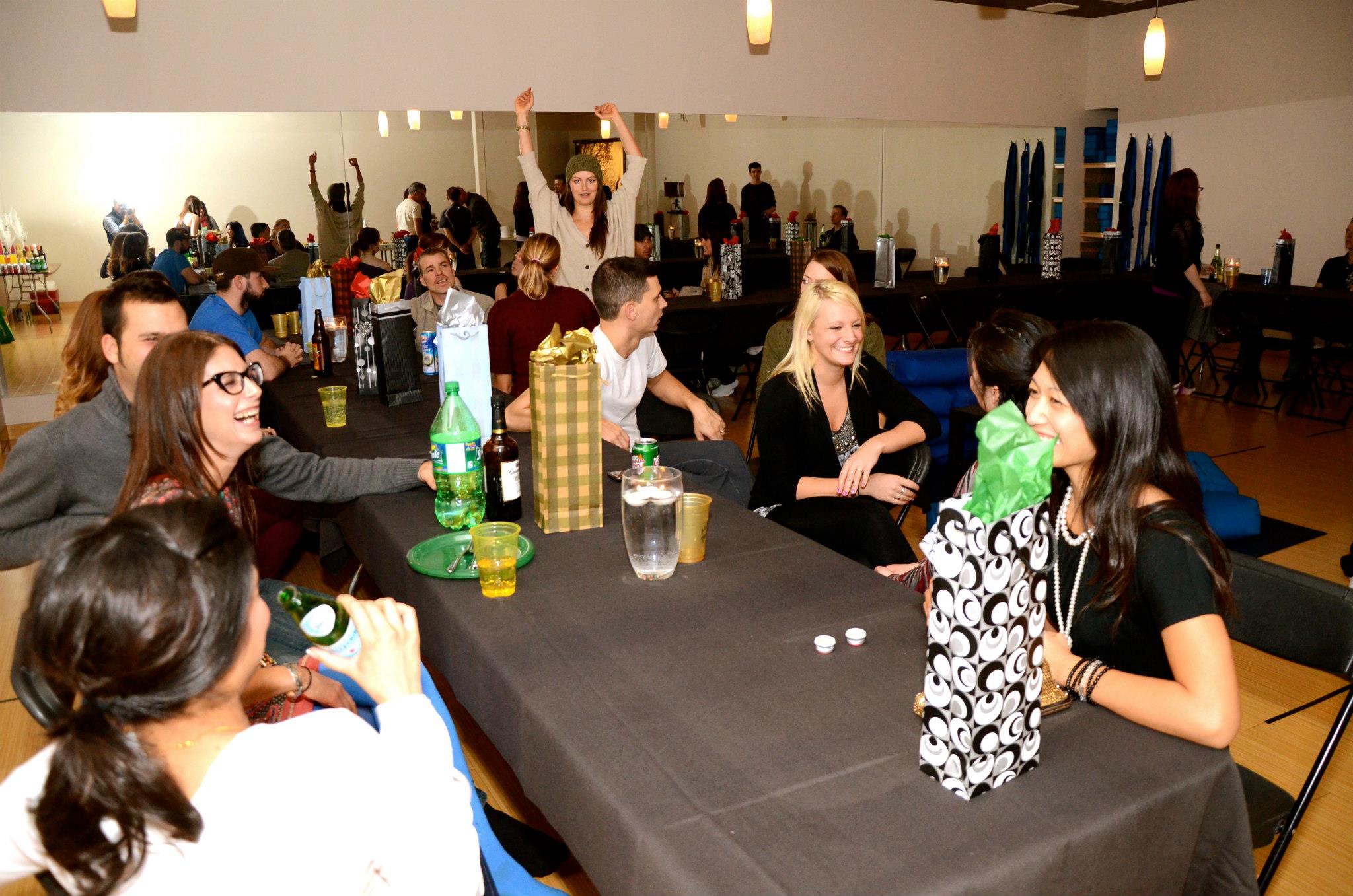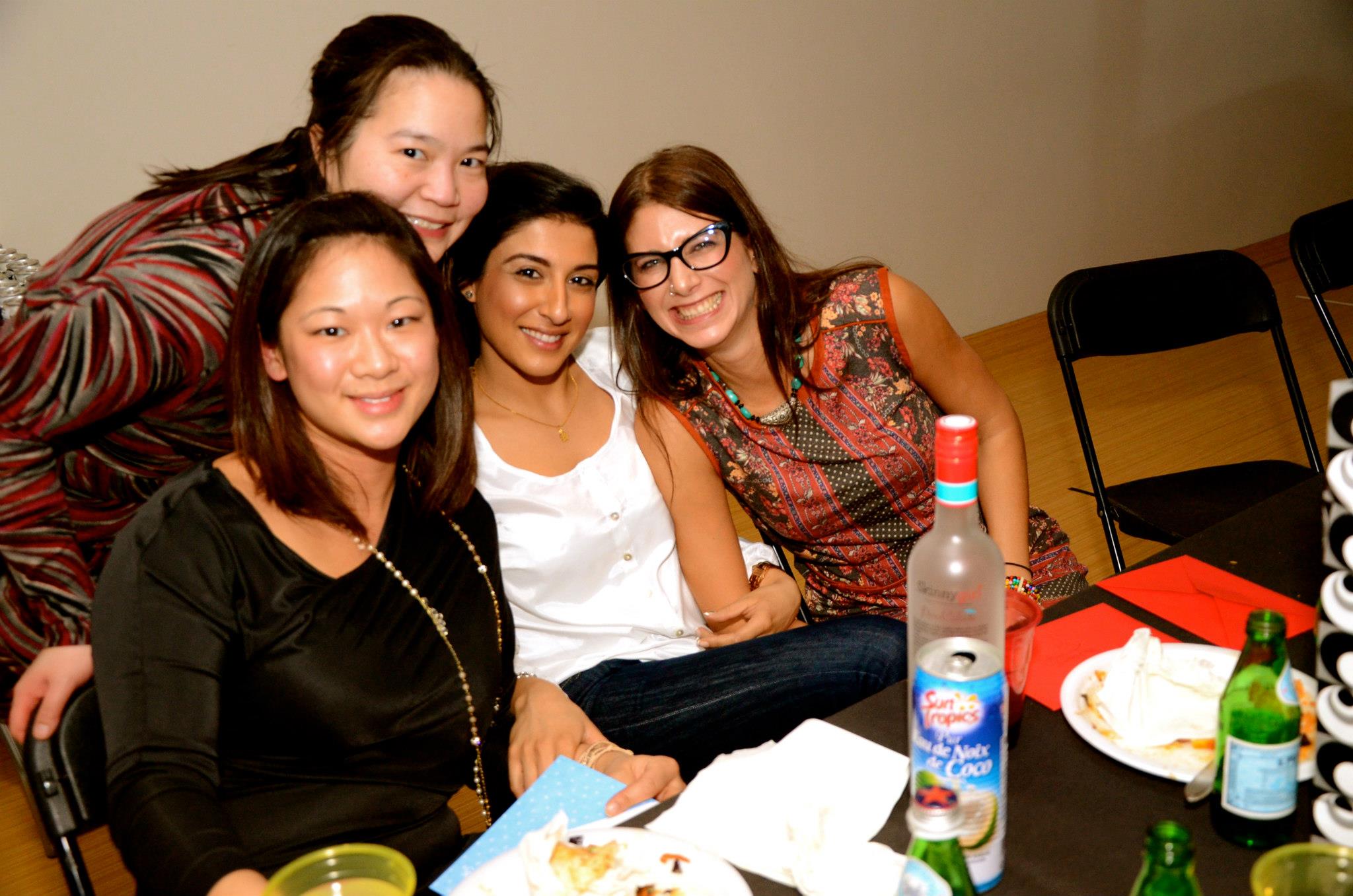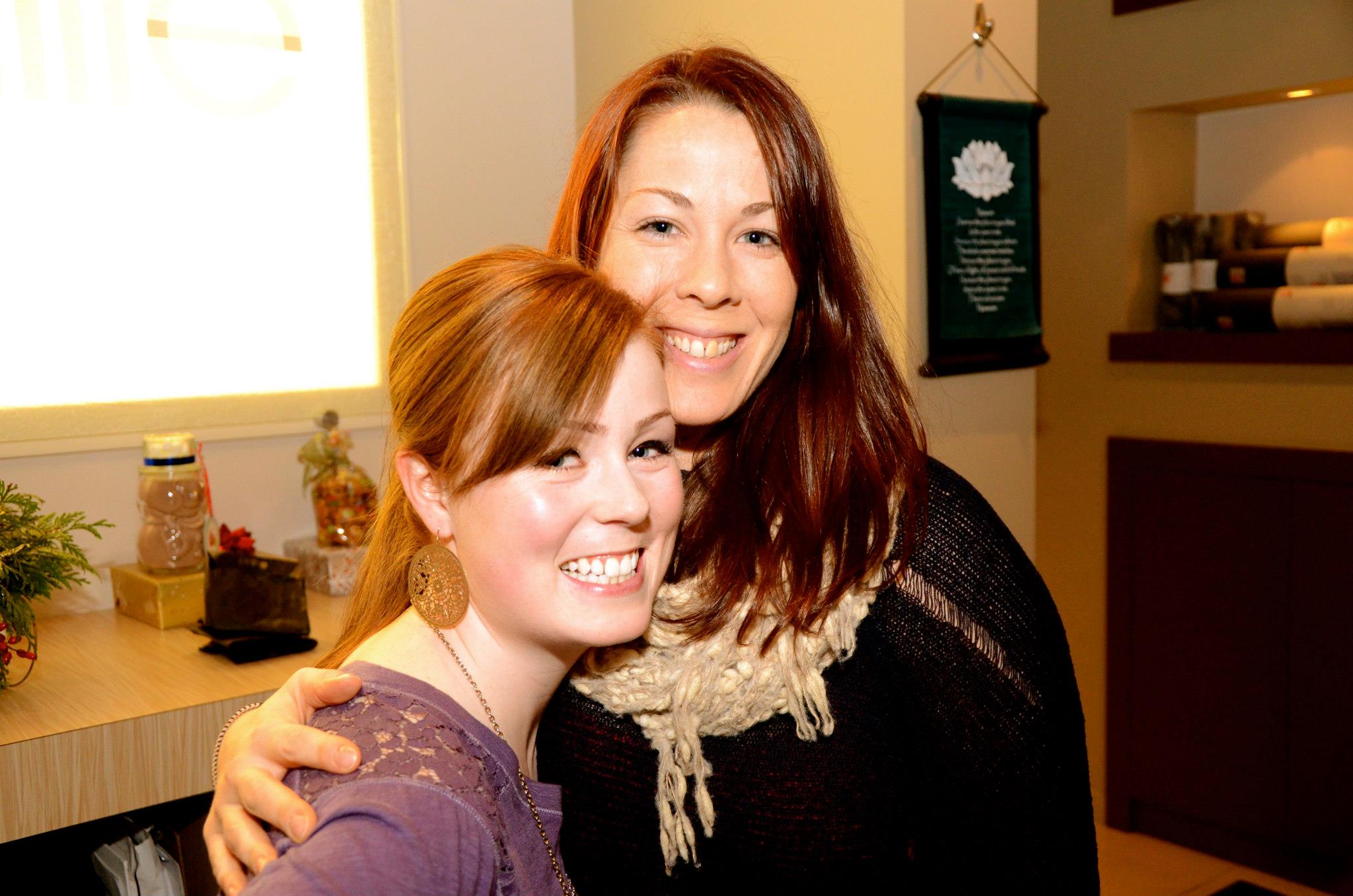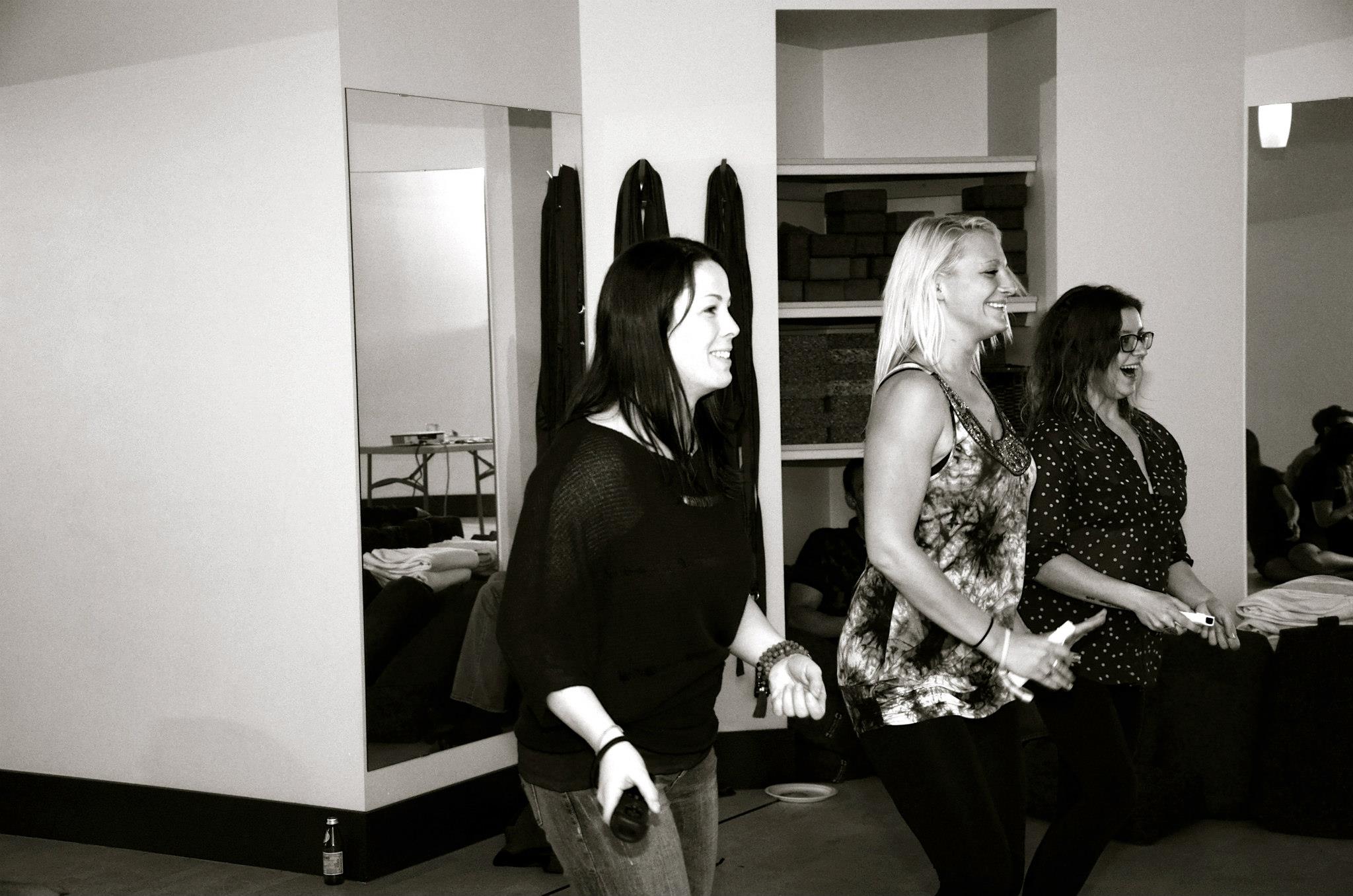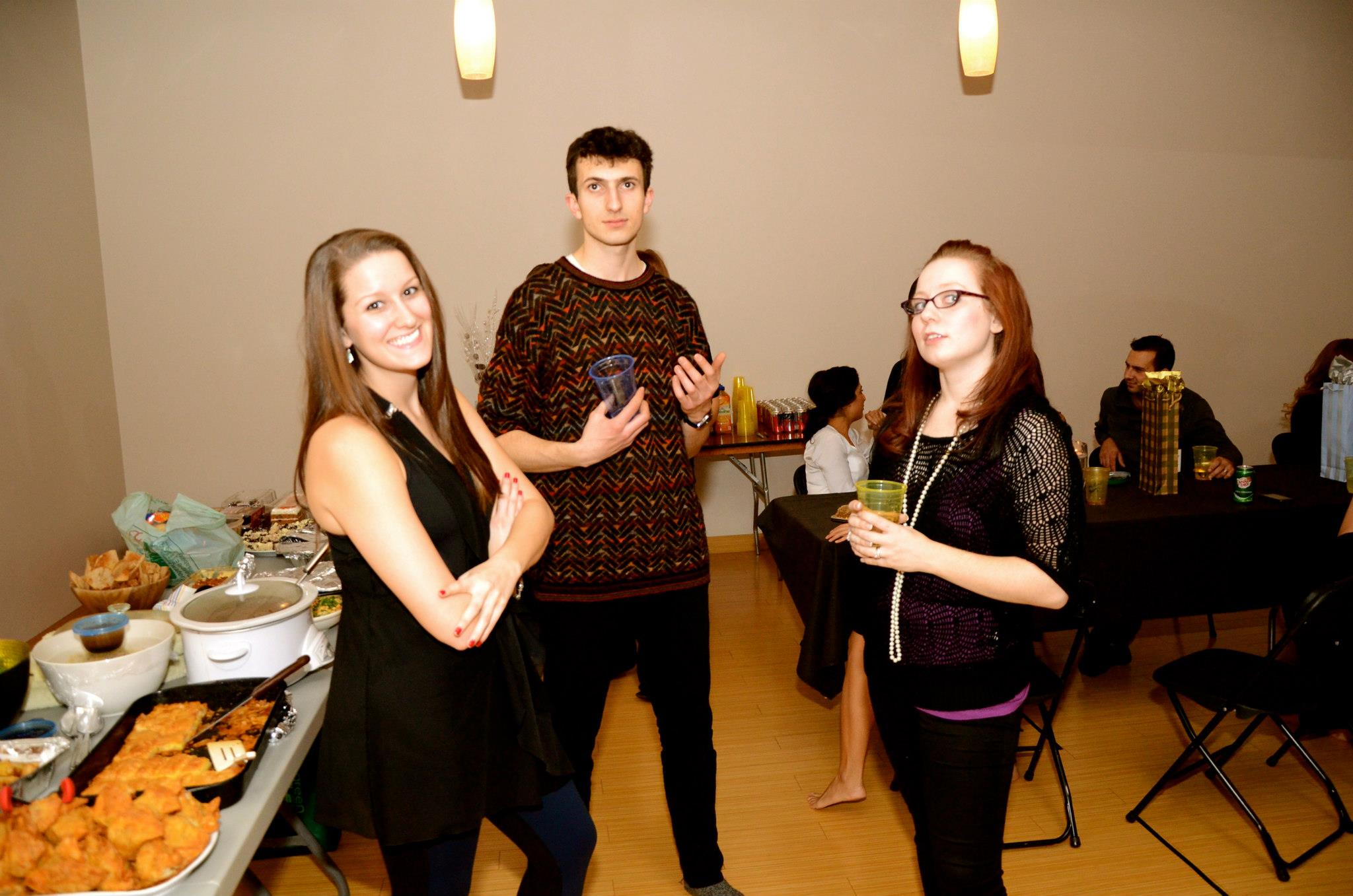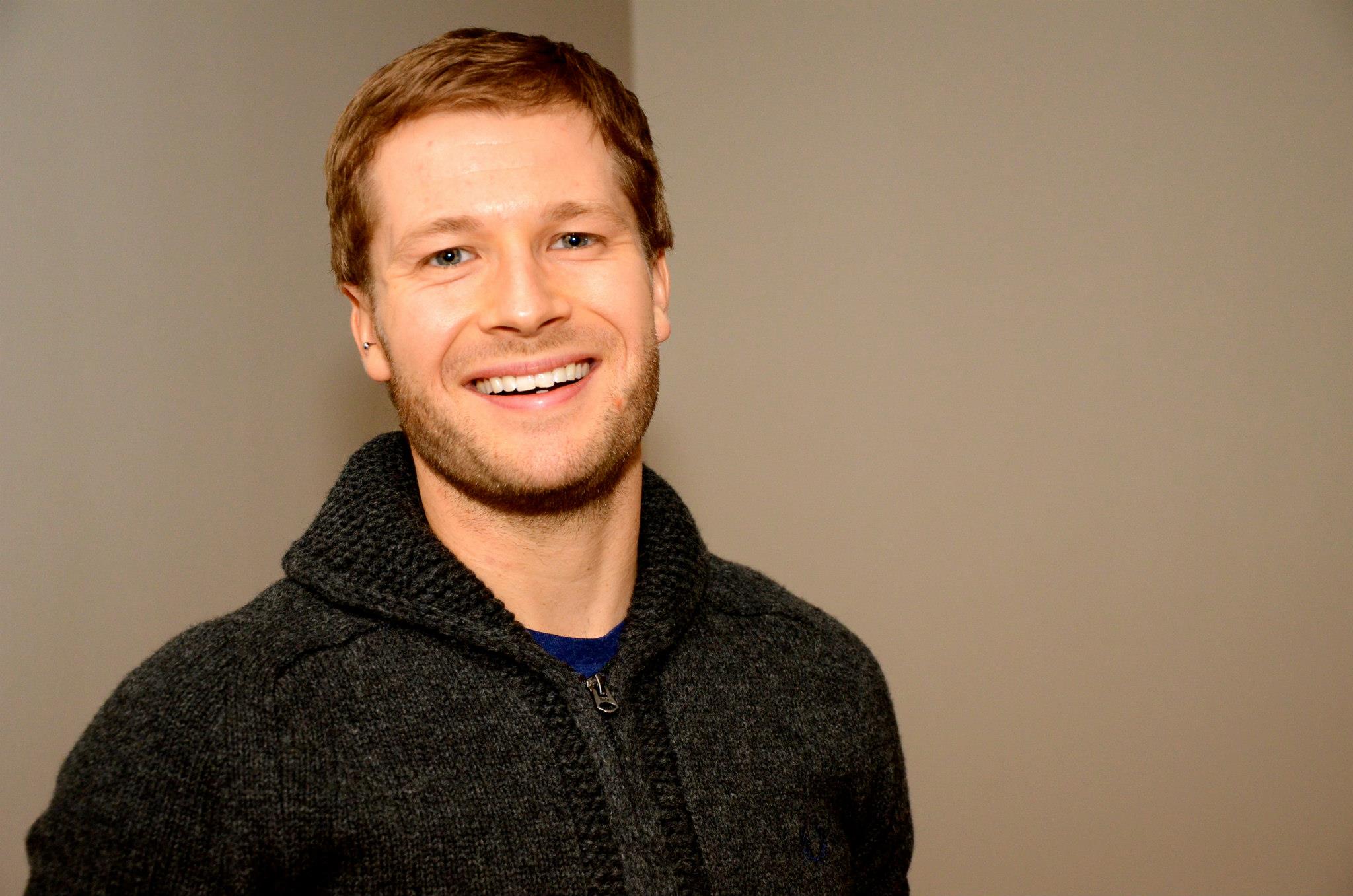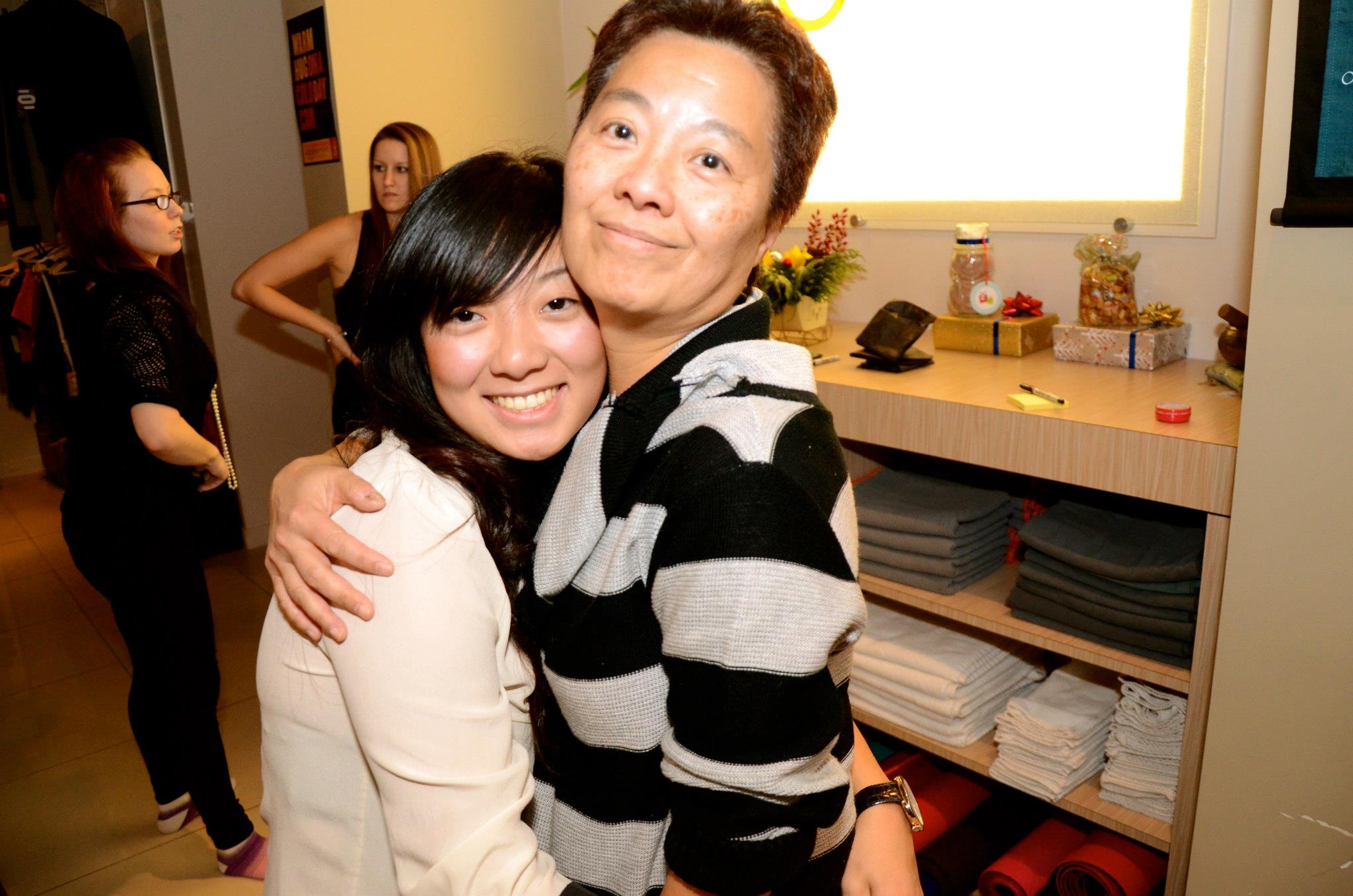What is Acupuncture?

Acupuncture comes from a complete system of medicine and healing known as Traditional Chinese Medicine (TCM). TCM has been practiced for over 5,000 years and has been selected by the World Health Organization for worldwide propagation to meet the health care needs of people around the world into the 21st century.
Acupuncture is one of 4 bodies which make up Traditional Chinese Medicine (TCM), the others including Moxabustion, Tui Na Chinese Massage and Chinese Herbal Medicinals.
Acupuncture is the insertion of very fine, sterile needles into specific points to promote healing and stop pain. In Chinese Medicine, acupuncture helps to active “Qi” or the body’s energy to harmonize and optimize the functions of the internal organs and the entire body.
The Chinese art of acupuncture dates back over 2000 years. Acupuncture was first introduced into Europe in the 17th Century, but up until the recent twentieth century, much of the world knew little about it, its origins and its capacity to promote and maintain good health.
One of the most important concepts of Chinese medicine is that of natural balance – yin and yang. When such a proper balance of forces exists, the body has achieved a healthy circulation of the life force qi (roughly pronounced “chee”).
Qi is said to travel the body along channels called “meridians”. Qi flows constantly up and down these pathways and when the flow of qi is insufficient, unbalanced, or interrupted, yin and yang become unbalanced and illness may occur. An understanding of the relationship between the body, yin and yang, and qi is necessary to understand the utility of acupuncture.
Acupuncture involves the insertion of very fine needles into the skin (sometimes in combination with electrical stimulus or with heat produced by burning specific herbs, called Moxibustion) at specific points in order to influence the functioning of the body.
Traditionally, there are 365 acupoints on the body, most of which have a specific energetic function. Because the needles are so fine only a slight discomfort may be felt. Alternatively, the acupuncturist may apply pressure (acupressure) rather than inserting needles. Acupuncture can be used to boost the body’s natural healing energy in order to promote health and long life, or to treat specific physical and psychological illnesses or complaints. Modern research shows that acupuncture can affect most of the body’s systems – the nervous system, muscle tone, hormone outputs, circulation, antibody production and allergic responses, as well as the respiratory, digestive, urinary and reproductive systems. Acupuncture also stimulates the nerves in skin and muscle and increases the body’s release of natural painkiller – endorphin and serotonin.
Acupuncture can help to treat such conditions as: Pain – including migraines, period pains, backache, trapped nerves, frozen shoulder and other kinds of arthritic and rheumatic pain. It can also be useful in relieving post-operative and post injury pain, such as following sports injuries. Allergic reactions – such as asthma, hayfever and eczema Depression – including stress and anxiety Sinus problems – and chronic catarrh Skin problems – such as mouth ulcers, dermatitis, pruitus (itching) and excessive sweating Nausea and vomiting Abdominal and bowel problems Giving up smoking Eating disorders and drug addiction Insomnia High blood pressure Withdrawal from alcohol Menstrual problems Menopause
An Open Letter to Beginning Yoga Students Everywhere: Adapted from Julia Lee via Elephant Journal
I know. Trying anything new can be scary. Voluntarily placing yourself in a room full of people wearing spandex clothing and moving and breathing together can be terrifying, overwhelming and daunting. Please try to set aside your fears. This could be the beginning of great shift in your life, if you are open to the possibility.
You may think that you’re too inflexible or too weak to practice yoga.
Don’t worry; we all have our moments of rigidity and weakness (physically and emotionally). Start where you are. Let yourself work from the ground up, and allow yourself the possibility to be so amazed at what your body and your breath can do. All the messy stuff is part of the experience—necessary curriculum, if you will. Sweating it out in plank for a strong core, trying not to be reactive during five minute pigeon holds in the pursuit of open hips; these are required for the beautiful and elegant expression of the poses that look the fanciest, but are only acquired through effortful and conscious work. Once we have all the pieces, then the puzzle naturally comes together, but with any component missing, the final product will never be cohesive.
Make the gathering of the pieces a joyful journey.
None of us are above practice. THAT'S WHY IT'S CALLED A PRACTICE: there is always so much more to be learned. In fact, the most challenging aspect of yoga isn’t about opening up the body; it’s about opening up the mind. The more that we can adapt a beginner's mind, a willingness to start from ground zero—the more that we can receive. Just imagine all the possibilities that would open up to you if you let go of all the ideas and misconceptions you hold around what you like and what you don’t like, what you can or cannot do. You may fear that you won’t know what you’re doing: where do you place your mat? How do you sign up? What’s proper yoga studio etiquette?
Life doesn’t come with an instruction manual. Every one of us goes through moments where we don’t know what the heck is going on, and every expert at anything was once a beginner, too.
Don’t know where to place your mat? At one point or another, we all struggle with where to find our place, whether it’s in the practice room, in our professional careers, or even in the grand scheme of things. If you don’t know how to sign up, or how to behave in the studio, don’t be afraid to ask for help. In the end, experience is the best teacher, and sooner or later, we will all find exactly where it is we need to be. At Yogalife, any one of our highly qualified front desk staff or instructors can answer any and all of your questions, or even point you in the right direction! You may have convinced yourself that you don’t have the right clothes, or the right mat, or even the right gender or age to be a yogi. Despite what you may have been led to believe, yoga isn't really about what you're wearing or what brand of mat you own.
Yoga practice is simply about the beautiful, breath-by-breath experience of being present inside your body.
It doesn’t matter if you’re clad head-to-toe in designer yoga wear, or wearing a ragged t-shirt and shorts. It doesn’t matter if you’re on a $100 mat in a luxury studio or if you’re on a towel in your living room. Male, female, young, old, thin, curvy, wealthy, poor—these are all more boundaries that we put up to distinguish ourselves from the experience of being human, when the goal of practice is always to unify and simply be.
People come together in class not only to practice physical poses, but also to acknowledge the divine in all of us. When we move and breathe together, we are moving and breathing not only in service of our selves, but also in service of something greater: humanity. We recognize that we share more commonalities than we do differences; that really, despite our age, gender, sexual orientation, belief system, or economic status, it’s all about just being good, kind, happy people. You might say you don’t have enough time.
If you think something is important, you’ll make time for it.
How often do we neglect our own wants to serve the wants of others? We overwork, oversocialize, overthink. Instead of allowing ourselves some time away to collect our thoughts and refresh, we burn out.
Yet, consistently depriving ourselves of what we want isn’t doing a service to others, either. We all need to start believing that we are worth getting what we want, even if it’s 15 minutes on the mat during a hectic day. If we don’t treat ourselves with compassion, generosity and respect, how can we expect others to do the same? Not playing small means reaching toward our highest potential in every way possible.
Finding balance means equating our own wants with what we want for everyone else—to be happy, to be healthy, to be free.
You may think that yoga just isn’t for you. Getting into yoga can be a bit like dating: sometimes you hit it off with the first style or teacher you meet, and sometimes you don’t. But there are so many amazing teachers out there to learn from, and there are so many styles of yoga to try. Yoga is not just physical exercise, nor is it a weight-loss program. Yoga is not only for flexible people or for women. Yoga is not a religion, or a cult, or a fad. Yoga is not a cure-all pill. Adho mukha svanasana is not some sort of incantation that can dissipate your problems with the wave of a magic wand.
Yoga is a catalyst for truth that will tune you into your body’s own innate intelligence. Yoga is a stick of dynamite that will blast away your ideas of who you’ve been, who you are and who you can be and simply leave you gaping in the face of the truth that is your own inner light.
Irrespective of each of our physical strengths and limitations, irrespective of our fears and self-doubts and judgments, we can always do our best to honor the sweetness of every moment in our interactions with our selves and with everyone around us. May your journey leave you challenged, inspired, humbled, and above all, the best possible version of yourself that you can be.
That is my wish for you. To be the best possible version of you. So that you can give the best of you to the rest of the world.
11 Things Everyone Wants You to Know
Expectations. Everyone has them. They come up in many aspects of life. And this is human nature. However, having expectations on how someone will react to what you have to say, having expectations on how you expect people to act, and having expectations on things you have no control over can cause a lot of heartache and frustration.I challenge you to being the practice of letting go and surrendering expectation when you step into the yoga room. Relinquish your expectations of how you want class to go, how you EXPECT it to go, what you want the teacher to say and do, how hot (or cold) you want the room, etc.
I challenge you to let it all go, and truly realize that the opportunity to practice yoga is an absolute privilege. Walk into the room, hit your savasana and take class as it comes.
The chances are, there is something in every class that you NEED in your life, whether you know it or not. Some more very wise words are ahead, so take stock of yourself before you continue on. I enjoy sharing research that I find and I do hope that many of you find the information enclosed in these blogs to be helpful and applicable to your life and to your practice. - BJ
Adapted from www.marcandangel.com
“One love, one heart, one destiny.” -Bob Marley
A silhouette of a human being stands before you. Perhaps an old friend. Perhaps a neighbor. Perhaps a perfect stranger, like me.
Here are 11 things we all need you to keep in mind…
1. You never really know how much the people around you are hurting.
You could be standing next to someone who is completely broken inside and you wouldn’t even know it. So never deprive someone of hope; it might be all they have. And remember that there are two ways to spread light in this world: You can either be a flame of hope, or a mirror that reflects it. Be one of the two every chance you get. Read The Four Agreements
2. The most important trip you will likely take in life is meeting others half way. You will achieve far more by working with people, rather than against them. Giving someone else a voice, and showing them that their ideas matter, will have a long-lasting, positive impact on the both of you.
3. Relationships don’t create happiness, they reflect it. Happiness is an inside job. Relationships are simply the mirrors of your happiness; they reflect it and help you celebrate it. They are mirrors because they area perfect reflection of your thoughts and beliefs. To reflect means to encourage you when you feel weak and challenge you when you feel strong, thereby returning you to your center. And to celebrate is to share the natural ease and joy of living from your center – of living in the now with clarity.
4. Compassion comes back around. The son who tends to his chronically ill mother, ignoring his own exhaustion; the neighbor who gives a helping hand, even as his own needs go unanswered; the one who donates a couple dollars to someone in need, even if she has to break her last five dollar bill to do it. Maybe you don’t hear the names of these unsung heroes in the news, but surely the universe hears their names and treats them accordingly.
5. Timing is everything.
There is a time for silence, a time to let go and allow your friends to launch themselves into their own destiny, and a time to cheer for their victories, or help them pick up the pieces, when it’s all over. Read The Friendship Factor
6. Actions are the loudest form of communication. What you do speaks so loud that others will have a hard time hearing what you say. So practice what you preach or don’t preach at all – walk the talk. And remember that there is often a major gap between what someone says and what they do. Characterize people by their actions and you will never be fooled by their words.
7. A healthy relationship keeps the doors and windows open. Plenty of air is circulating and no one feels trapped. Relationships thrive in this environment. Keep your doors and windows open. If a person is meant to be in your life, all the open doors and windows in the world won’t make them leave.
8. People are more what they keep silent than what they say.
Pay attention to their quiet gestures. If you cannot understand someone’s silence, you will have a hard time understanding their words. Read The Definitive Book of Body Language
9. What others say and do is often based entirely on their own self-reflection. A Zen teacher once said, “When somebody backs themselves into a corner, look the other way until they get themselves out; and then act as though it never happened.” Allowing people to save face in this way, and not reminding them of what they already know is not their most intelligent behavior, is an act of great kindness. This is possible when we realize that people behave in such ways because they are in a place of great suffering. People react to their own thoughts and feelings and their behavior often has nothing directly to do with you.
10. Sincerity is giving without expectation. Good character and true friendship is all about how a person nurtures another person who is vulnerable and can give nothing in return. So when you have been through tough times and come out the other side, look around you. The people still standing beside you are your true friends.
11. Not every relationship is meant to last forever. Some people aren’t meant to stay in your life. Some people are just passing through to bring you something – perhaps a lesson you need to learn, or memory that makes you smile years later. When the time comes, it’s okay to let go and move on with your life.
Practicing Yoga When You're Sick - Adapted from Ekachakra
The other night, I attended a yoga class that was filled with an unusual number of sneezing, sniffling yogis. At one point, I turned around to grab my Yogitoes from the back of my mat, only to find it surrounded by a little mound of someone else’s used tissues. Normally, I’m not too much of a germaphobe, but this was a bit much. We’re apparently in the middle of a flu epidemic here in Chicago, so it’s particularly unnerving to be in a small, heated yoga room with so many people in the throes of illness. I’d like to think that the yoga studio, of all places — i.e., a place of health and well-being — would be one public space where you didn’t need to worry about catching something. No such luck at the studio where I’ve been practicing…
All of this raises an obvious question:
Should you practice yoga when you’re sick? There are actually several different, but related, considerations here, and I’ll discuss each in turn.
First, a yogi needs to think about his or her own well-being, and whether practicing yoga makes sense during an illness. Obviously, this depends on the nature of the illness, but let’s focus on the runny nose, sneezing, phlegmy variety that most us of deal with at one point or another during the winter. Personally, if I’m sick with these sorts of symptoms, there’s no way I’m going to class. I might, however, do a short home practice that is more restorative in nature.
The main objective of these restorative poses, in my mind, is not to ignite some sort of magical yogic healing, but simply to keep the aches and pains of illness at bay.
Reclined twists, supported backbends, or passive hip openers are generally my go-to poses when I’m under the weather. I’ll typically avoid any sort of inversion, including Downward Facing Dog, as inverting causes too much pressure in my sinuses and head. A sick yogi ought to think about others, too. The people at your favourite studio, including your teacher, are your friends! So out of consideration for them, maybe take a few days or even a week off from yoga. I know this is easier said than done, and I’m definitely guilty of going to yoga class sick. When I’ve done this in the past, it’s usually been out of a misguided attempt to recover more quickly from my illness. (As far as I can tell, doing yoga does nothing to improve recovery time from a cold.) Or I just couldn’t stand the thought of missing my favourite class, so I’d go anyway, even if I were feeling terrible. Admittedly, this was a very selfish way to behave, but I’ve changed my ways and will no longer go to class when I’m sick. I only wish others would extend the same courtesy!
A yogi’s motto shouldn’t be, “Must go to yoga today and every day, come hell or high water!” It’s okay to skip yoga class for a few days. It’s okay to be sick.
Thankfully, we can practice yoga anywhere, and this is even more true when we cultivate a yoga practice that goes beyond asana. Not only can a sick yogi practice at home, but one can also cater one's practice to one's present condition. This, to my mind, represents a greater expression of responsibility to oneself, and to others.
Please be kind and courteous to yourself and others, even in light of our 35 day Yoga Tour. You have 35 days to complete it, so cut yourself (and your fellow yogis) some slack during this potential flu season.
Overcoming Mental Blocks For the Upcoming Running Season
From www.runnersworld.com
With the upcoming running season ahead, here is some really great information on how to overcome some of those mental blocks! At Yogalife we definitely promote balance, and while running may not be the best balance for yoga, yoga is a wonderful way to balance out your running! Runners often gravitate to our Hot Yin classes, or even our yoga for athletes/runners that usually runs in the summer.
And if you haven't trained properly, your concerns are valid. But other worries–especially those triggered by outside influences–can create a self-defeating sense of intimidation. These doubts go deeper and are rooted in negative emotions, says Windee Weiss, Ph.D., a sports psychologist who is an associate professor at the University of Northern Iowa School of Health, Physical Education and Leisure Services. "Realism accepts that a demand may be tough but doesn't place a judgment on it," she says. "Intimidation assumes you won't have the goods to meet the demand."
Failure-oriented stress can cause a host of problems. It can tighten muscles so that they fatigue faster, hamper coordination so you can't find your stride, distract you from your goals, and undermine mental toughness. Here's how to get past common sources of intimidation and run your best, without doubt.
Faster runners
They're everywhere–at the starting line, on the road, among your running buddies. Don't just stew over others' times–tap their achievements for inspiration. Catherine Andrews of Washington, D.C., felt fast among friends but recently joined a running group of six-minute-milers knowing she'd be a laggard. "I joined to be more motivated," she says. Andrews soon stepped up to tempo work and speed running. "It made a difference within weeks," she says. If you can't embrace a faster group, at least quit comparing. "Focus on the true satisfaction of running the way you want to run," Weiss says.
A tough course
When Beth Strickland of Brooklyn completed her first marathon at Walt Disney World in 6:33, friends prodded her toward the San Francisco Marathon. "It has a six-hour time limit and many hills," she says. "If I tried and didn't make it, I'm not sure I'd attempt another." While Strickland decided to tackle one or two flatter courses first, sports psychologist Cindra Kamphoff, Ph.D., cautions against getting derailed by general impressions. Instead, prepare. Use online street-view maps to review a course's geography. If hills are the issue, make them part of your weekly training. Practice mantras to keep your inner dialogue positive.
People who train more
Banish guilt over your presumed lack of dedication by acknowledging that your training reflects your life, not someone else's. What's more, training needs are different depending on one's goals. If you're truly not satisfied with your results, you'll have to change your training. "No amount of confidence-building will improve your performance above what you've trained to do," says Doug Hankes, Ph.D., a sports psychologist for the athletic department at Auburn University.
The idea of a first race
"A first-time 5-K can be more daunting for a beginner than a marquee marathon is for an experienced runner," Hankes says. "There are many more unknowns." So take comfort in your courage to sign up in the first place. Talk to seasoned runners about their experiences. "Ask what they think would have been helpful, looking back," Hankes says. But keep the stakes low and focus on having fun. On race day, try running with a friend. "Tying your pace to someone else's takes pressure off," Weiss says.
Entering a mega-race
TV cameras, elite athletes, mobs of people, online tracking, mythic features (think Boston's Heartbreak Hill)–they're all distractions. "The essence of mental training is getting your head out of the way and letting your body do what it's trained for," Hankes says. Build a routine that makes every race feel familiar, honing elements like the amount of socializing before the race, your music playlist, and mantras geared to different sections of the course. Defuse pressure to perform by imagining life a week later. "Don't make the race more than it is," he says.
Saying "I'm a runner"
Even after running her first half-marathon last fall, Beth Probst of Iron River, Wisconsin, says she feels uncomfortable calling herself a runner. "I like to be good at what I do," she says. "If I'm not trying to be a runner, I don't have to justify being mediocre at it." Runners of all levels often equate the phrase with speed. But in reality the words represent a lifestyle. Probst should embrace her new identity, says Kamphoff, of The Runner's Edge in Mankato, Minnesota. Acknowledging one's effort has benefits: "You start eating better, boosting core strength, telling people about running," she says. "That's what makes you a 'real' runner."
Rewire your brain
The right steps to take when you're worrying too much
Fears and doubts are natural. But dwelling on them–or ignoring them–can prevent you from improving, says sports psychologist Doug Hankes. Be on the lookout for the following warning signs that your fears are holding you back.
1. You're focused on potential race outcomes, and not the process of improving.
Sure, there's a chance you won't set a PR in a race. But your training time is better spent focusing on confidence-building workouts like tempo and long runs rather than worrying about "what if's."
2. You're ruminating about the source of your intimidation.
Performance anxieties need to be dealt with before race day. ID your trouble zone and practice ways to conquer doubts. For example, if in past events you've slowed down in the final stretch, finish the last mile or two of each workout fast.
3. You're questioning your commitment to your sport.
Sounds like you've forgotten or misplaced the joy of running that once motivated you. Temporarily set aside any time goals and spend your next few workouts having fun. Do whatever you can to ditch the stress of "performing."
10 Reasons To Do A Headstand Every Day! - An Excerpt From Lisa Mitchell
Headstand (Shirshasana) is often referred to as the king of all yoga poses. Here are 10 reasons why headstand should be practiced everyday!
1. By reversing the flow of gravity, a headstand simulates a “face lift” by letting your skin hang in the opposite direction. The inverted position of a headstand also flushes fresh nutrients and oxygen to the face, creating a glowing effect on the skin.
2. Headstands increase nutrients and blood flow to the scalp, decreasing onset of grey hair. Some yogis say that it will even convert grey hair back to its natural color!
3. Headstands stimulate and provide refreshed blood to the pituitary and hypothalamus glands.
These glands are vital to our wellbeing, and are considered the master glands that regulate all other glands in the body (thyroid, pineal, and adrenals).This includes our sexual hormones, so you can expect better sex with a consistent headstand practice.
4. When the adrenal glands are flushed and detoxified with headstands, we create more positive thought. Depression will decrease, as going upside down will almost always put a smile on your face.
5. It's great to bust out a headstand at a party. Your peers will be impressed!
6. Improved circulation occurs with a headstand practice.
Because the heart constantly has to pump blood upward to the brain, the headstand gives the heart a rest and reduces unnecessary strain. In addition, while in headstand de-oxygenated blood is able to flow more easily from the extremities to the heart.
7. Any fluid that is retained in the feet is able to drain (edema), therefore reducing the onset and prevalence of varicose veins.
8. Headstands increase digestive fire and increase body heat. The intestines are cleansed by reversing the pull of gravity, while releasing congested blood in the colon.
9. Headstands strengthen deep core muscles. To hold a straight headstand for an extended period of time, the practitioner must engage the obliques, the rectus abdominus and the transverse abdominus.To really engage and strengthen the core, pike the legs by lifting and/or lowering both legs at the same time when coming in and out of the pose.
10. Eliminate your chances of having an ischemic stroke, as scientific evidence shows that this type of stroke rarely occurs in individuals that consistently do headstands!
Although it is recommended learning headstand from a qualified teacher, its multifaceted benefits should not be ignored. Headstands can be contraindicative if you have neck injuries, extremely high blood pressure, ear and eye problems, if you are menstruating, or have acid reflux.
All About Patrick Creelman
Patrick is a Certified Anusara teacher, masterful and well versed with advanced alignment.
Through years of dedicated study he has developed a high level of personal practice and an expert eye in helping students achieve new levels in their own physical yoga practice and philosophical understanding. Patrick is widely considered as one of the most experienced and inspiring "Teacher's Teacher" in Asia. Well established throughout China and Asia, Patrick has a global community that also extends throughout Europe, North America, and South Africa. His classes include a philosophically based thematic focus, clear anatomy, and alignment for both simple and complex poses within a strong fluid practice.
From the article "Tough Guys Do Yoga" in the Asian Pacific Post
"In high school Creelman was first introduced to Yoga by his uncle who passed him a set of beautiful lecture tapes by Ram Dass. This was his first conscious step towards his spiritual path. After years of ski racing and rock climbing, Patrick took his first Hatha Yoga class in the Sivananda Tradition at Simon Fraser University in the spring of 1996 and was struck by the calm, yet powerful effect it had on his hectic college life. After an 8-week intensive, it became clear that the blending of spirituality and physical experience of Hatha Yoga was a path that had a deeper message than anything he had done before."
Patrick will be at Yogalife Studios South on February 12th.
The Master Class runs from 2-5pm (for teachers and dedicated students) and the Strength & Intelligence workshop runs from 7-9pm (open for all levels of practitioners).
Patrick doesn't post a lot of videos, but for a sneak peak at him in action, you can check out the link below!
https://www.youtube.com/watch?v=C9SA6OQeAUo
For those on the 35 day challenge, Patrick's Master Class counts for 3 non-hot flow classes, and the Strength & Intelligence workshop counts for 2 non-hot flow classes.
Patrick Creelman - February 12th!
Patrick is a certified Anusara teacher, masterful and well-versed with advanced alignment. Through years of dedicated study he has developed a high level of personal practice and an expert eye in helping students achieve new levels in their own physical yoga practice and philosophical understanding.
Patrick is widely considered as one of the most experienced and inspiring "Teacher's Teacher" in Asia.
Well established throughout China and Asia, Patrick has a global community that also extends throughout Europe, North America, and South Africa. His classes include a philosophically based thematic focus, clear anatomy, and alignment for both simple and complex poses within a strong fluid practice.
Patrick will be at Yogalife Studios South on February 12th. The Master Class runs from 2-5pm (for teachers and dedicated students) and the Strength & Intelligence workshop runs from 7-9pm (open for all levels of practitioners). Click here to register!
Patrick doesn't post a lot of videos, but here's a sneak peak of him in action!
5 Questions to Ask Yourself Before Going Deeper: An Excerpt From the Yoga Journal
 You may have heard the saying:
You may have heard the saying:
Before you speak, ask yourself: Is it true? Is it kind? Is it necessary?
I’ve always felt this is a great guideline that helps me practice compassionate communication in line with the yogic principle of ahimsa, or non-harming.
It’s a great way to keep myself in check when I want to express myself, and it’s also something I come back to when I notice my thoughts taking a turn for the negative.
Practicing ahimsa toward myself is loads more challenging than practicing it toward others.
I have a list that keeps me in check when I’m on the yoga mat, too. Before I take a deeper variation of a pose, I ask myself the following questions:
1. Is it safe? Is there a greater possibility of causing harm to myself by going deeper in the pose?
2. Is there more room in my body? Does going into a deeper expression of the pose make my body feel better?
3. Can I keep a smooth, deep, and easy breath pattern if I go deeper?
4. Will going deeper compromise the integrity of the pose? Will it compromise my personal integrity? Would I be able to tell if it did?
5. Am I doing it for the right reasons? Will taking a different expression of the pose help me understand something about myself? Or am I doing it to impress someone or feed my ego?
The most common injuries (both internally and externally) come from some form of point 5. You may often hear an instructor remind you to "check your ego at the door." This is always something to come back to when you are practicing.
It's called a "practice" because it is always changing, and you are always changing.
Remind yourself of the reason(s) you are practicing and ask and answer honestly. It is the practitioner that listens to their body and takes child's pose when needed, instead of deeper in a pose, that has gone the deepest within themselves.
Cultivating Willpower: An excerpt from Jaky Astik
 There are two aspects of your life:
There are two aspects of your life:
You are either happy or you are trying to be happy.
When we are happy, we wonder less about the truths and psychologies and why stuff works the way it works. We let the flow keep. However, when things aren’t going too well, our energies deplete. It’s how long you can survive in the face of those depleting energies that define your success or failure.
And your ability to survive that state of mind is willpower.
But, before we can learn how to cultivate willpower, we should rightfully try to figure out what diminishes it in the first place. Primarily, consider your subconscious mind as a huge hard disk that stores large amounts of data, in fact it stores every moment of your life and organizes them to form beliefs and behavioral patterns. It stores everything you experience and the emotion that’s attached to that source. Lack of willpower indicates prolonged programming of your subconscious using negative notifications.
“They can conquer who believe they can. He has not learned the first lesson is life who does not every day surmount a fear.”
– Ralph Waldo Emerson
Procrastination at work, loss in relationships, lack of exercise, unhealthy diet, being fired, divorce, non-cooperation in the family, misconceptions. Every trauma a person passes through decreases his power to control. He loses willpower with every experience that reminds him of his underachievement.
“In the absence of willpower the most complete collection of virtues and talents is wholly worthless.”
– Aleister Crowley
Cultivating willpower is the most important thing you can do to achieve something worthy. It is the very foundation of your success and ability to strive for greatness. But, how do you do it?
Here are the 4 simplified steps to generate willpower.
1. Distract yourself
Most researchers of the 20th century claimed that willpower was flexible. The famous Marshmallow Experiment by Walter Michel explains this just right. The researchers conducted a study with kids as to how the minds of children reacted to a greater reward if they were to abstain from having something, in this case, another marshmallow.
Results? It was found that kids who had high willpower to keep themselves from giving in used simple distractions like singing, patting the table and keep themselves busy doing thing so that their minds could wait a little longer until the time expired and they received a another marshmallow as reward.
Your willpower diminishes with every thought of the instant gratification.
If you are looking for a greater reward, keep yourself distracted from the immediate achievement. 2. Use consequences to power your actions
There are two aspects to this. Many psychologists have an opinion that thinking about the negative outcomes might actually strengthen willpower and some others claim that positive outcomes actually help you push a little more.
Fortunately, both are valid. You just need to know when to use what. If you are in bad mood, low energy, and your goals look blurred, use the positive consequences to boost and motivate yourself. On the other hand, when you’re in good mood, full of energy and yet lacking willpower, try convincing yourself using the negative method. This works because our minds tend to move from one energy point to another.
3. Make the climb, without the rope
Remember that scene from The Dark Knight Rises when that doctor advises Bruce Wayne to climb the pit without the rope? That’s what you need to try to strengthen your willpower. After graduation, I was very fearful about finding a new job. I would frequently get anxious and overwhelmed at the thought of it. I would keep searching classified but apply for none. I found that my willpower diminished every time I put off applying for an interview.
Fortunately, I learned to get out of my comfort zone and face the fear.
It is, of course, not always that simple, but if you can convince yourself for a short span of time that there’s nothing else you can do but get the job done, your willpower will build quickly.
Willpower is the resource you plug into when most of the external circumstances needed to sooth you are missing. 4. Keep reminding yourself about your willpower
What will you get if you show a little more courage right now? Your mind needs its share of motivation. What is it that makes this work worth doing? Remind yourself about the rewards and you’ll be much more positive when approaching your goals.
There’s a willpower equation which says:
Willpower = Motivation + Reward – Pain.
So, if your pain is more than your level of your motivation + reward, you’ll find your willpower diminishing, it might even get to the point at which you would want to give up. Kelly Mcgonigle, the author of “The Willpower Instinct,” suggests that simple actions like brushing your teeth with your non-dominant hand or a simple good night’s sleep can help boost your willpower. These activities somehow send a reminder about your raw abilities to your subconscious, which helps stimulate your willpower.
Here’s what you can do. Write down a list of activities or chores you’ve been avoiding. Choose the easiest items on it and do them. It will instantly make you feel better. Remind yourself about your willpower using tiny achievements.
5. List one small achievement every day
The process of cultivating your willpower needs practice. Here’s what you can do about it. Every day, make it a routine to get done one of the many things you’ve been avoiding in the past. It could be as simple as organizing your closet. Gradually, build your willpower by using tiny achievement and then moving on to bigger ones.
10 Inspiring Quotes When Feeling Uninspired
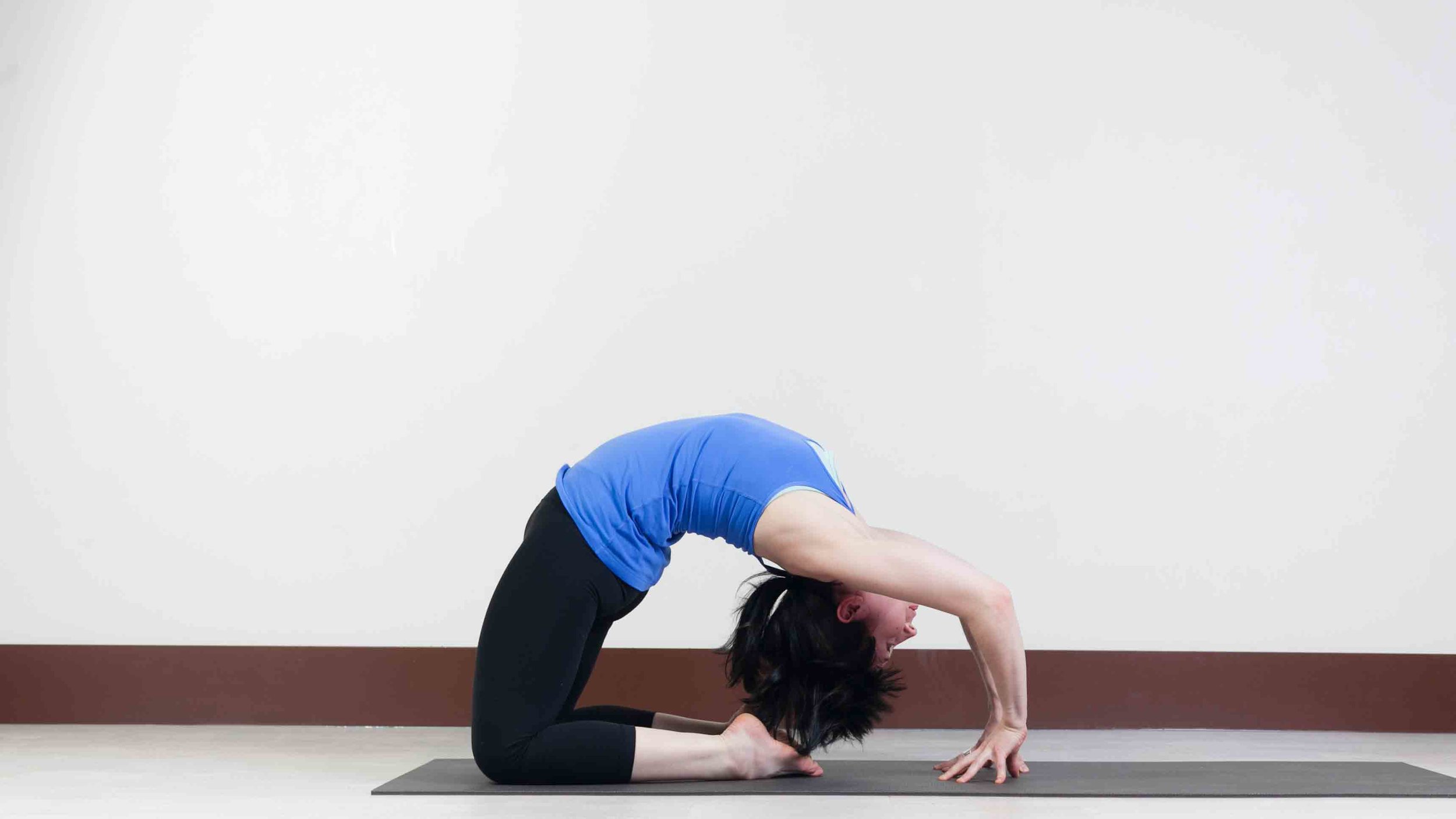 An excerpt adapted from www.marcandangel.com.
An excerpt adapted from www.marcandangel.com.
- Your best music is still inside you. – The only way for us to have long-term happiness and success is to live by our highest principles, to consistently act in accordance with what we believe our life is in fact about. That music you hear inside you motivating you to take risks and follow your dreams is your instinctive calling to the true purpose in your heart and mind. Don’t ignore it. Be enthusiastic about all that you do, and the possibilities that lie ahead. Have the courage to pursue your calling. Don’t die with your music still in you. Read The Power of Intention
.
- It’s never too late to be who you could have been. – It’s a matter of switching gears, never looking back, and BECOMING the person today that you always knew you were capable of being. Entertain every thought, say every word, and make every decision from their point of view. Walk the way they would walk, dress the way they would dress, and spend your free time the way they would spend theirs. Choose the friends they would choose, eat the meals they would eat, and love and appreciate yourself the way they would. These steps MUST come in order for there to be change. There’s no other option, no other way. But since this person is who you REALLY are deep down, that makes this task a bit easier. You just have to STOP BEING WHO YOU AREN’T. Read The Great Work of Your Life, by Stephen Cope.
- You are greater than the problems you face. – You are more than what you are going through. You are not the mistakes you have made. Let the problems come, and let the problems go. Whatever the issue may be, engage yourself purposefully and enthusiastically in the goodness that still exists around you. You may want the hero’s journey to be an easy climb, but it never is. The rockslides in your life are there for a reason. They create the stepping stones that guide you deeper into your own heart.
- Challenges are simply opportunities. – When you encounter resistance, it means you are moving forward. When you come across a challenge, it means you have reached an opportunity for growth. Life becomes more rewarding as it becomes more demanding. Each new challenge is an opportunity to stretch beyond your previous limits. Most of the advantages you enjoy today were born in the difficulties through which you once traveled. So revel in the beauty of each challenging effort. Give your best to life, and life will return the favor many times over.
- Tough times serve a purpose. – From every wound there is a scar, and every scar tells a story – a story that says, “I learned and I survived.” There are moments when troubles enter your life and you can do nothing to avoid them, but they are there for a reason. Only when you have overcome them will you understand why they were there. So be brave and press forward; you will not see the light at the end of the tunnel until you walk through the darkness. The Universe never gives you something you aren't capable of handling. Read Awaken the Giant Within
.
- There’s no excuse for giving up on your goals. – Whether a goal is possible or impossible for you depends more on what you do about it than on any other factor. Your persistent, focused attention is what brings possibilities to life. Certainly there will be obstacles that stand in your way. And you can choose to use these obstacles as excuses for giving up – many people do. But the truth is, if you have the courage to begin, you have the courage to succeed. You just need to find the strength and willpower to keep going. Success is achieved and maintained by those who try and keep trying.
- You are closer than you were yesterday. – The moment you’re ready to quit is usually the moment right before a little miracle of progress happens. So don’t give up. You were strong enough to get this far; you are strong enough to take another step. Even when life issues you a series of roadblocks and disappointments, you can steadily achieve. Even when you cannot make a lot of progress, you can make a little progress. And these small steps forward add up, day after day, and ultimately lead to achievements far more impressive than those that are possible from a single effort.
- Your opinion of YOU is what’s important. – Most of the good things you do will go unnoticed by others. Do them anyway, because you will notice. Many of the contributions you make will not be fully realized by others. Make them anyway, because you realize they are the right things to do. It’s great when you receive recognition for the things you do, yet even when there is no possibility of recognition, YOU still recognize the reasons you are putting forth the effort. Your honest, authentic view of yourself influences all that you do. And that view is formed mainly during times when no one is watching. Your life is a living expression of who you know yourself to be, regardless of what others think or see. But relinquish the fruits of your labour, and do good for the sake of doing good. Become detached from the outcome to truly be and feel free.
- It’s OK to let some people walk away. – You don’t have control over the things people say about you, but you do have control over how you decide to internalize it. Leave people to their opinions and judgments. Let them love you for who you are, and not for who they want you to be. Or let them walk away if they choose. They can’t harm you either way; it’s their understanding that is faulty, not yours. Read Don’t Sweat the Small Stuff
.
- There’s a lot to appreciate in this moment. – Your journey will be much lighter and easier if you don’t try to carry your entire past and future around with you. Take a break. Let go of your obsession with yesterday’s struggles and tomorrow’s to-do list, and simply enjoy the beauty of what’s right here, right now. Sometimes you have to stop thinking that some new richness will fulfill you, so you can fully experience the richness that's already yours.
Your PSOAS - What it is and Why You Should Care!
- Back pain
- Hip socket tension
- Leg length discrepancies
- Knee and ankle problems
- Groin pain
- Sleep issues
- Jaw pain
- Shoulder pain
- Difficulty walking or standing
- Excessive muscle tension
- Referred back and sciatic pain
- Prolonged sitting can easily deplete over vital energy as well as tighten up this pesky muscle.
- Cause compression on the intervertebral disc and facet joints leading us to thinner, degenerating disc. (While degeneration is a natural process, we can lessen the effects.)
- Dragging the rib cage forward creating short breathing patterns and limited thoracic breathing.
- Digestive concerns in which the upper portion of the psoas is tight and restrictive.
- Breathing problems, as pressure is put on the diaphragm.
Supine Single Leg Lift
Constructive Rest Pose
New Schedule Changes
We have some new schedule changes for the new year! You can download a PDF for either locations here. Schedule changes will be effective January 7th, 2013.
Here's to an amazing 2013!
To view the South Schedule, click here.
To view the North Schedule, click here.
9 Reasons It's Time to Move On!!!
An excerpt from www.marcandangel.com.
It happens to you slowly as you grow. You discover more about who you are and what you want, and then you realize that there are changes you need to make. The lifestyle you’ve been living no longer fits. The people you’ve known forever no longer see things the way you do. So you cherish all the great memories, but find yourself moving on. For a large description of this phase of life, you can check out Stephen Cope's Book "Yoga and the Path to the True Self."
Here are nine reasons it’s time…
- You can learn from your history, but you can’t live in it. – You can clutch the past so tightly to your chest that it leaves your arms too full to embrace the present. Sometimes we avoid experiencing where we are because we have developed a belief, based on past experiences, that it is not where we should be or want to be. But the truth is, where you are now is exactly where you need to be to get to where you want to go tomorrow. Read The Power of Now.
- Some things aren’t meant to be. – Everything from your past does not belong in your present. To hold onto relationships and circumstances that have already moved on without you is to stay stuck in a place and time that no longer exists. Moving on doesn’t mean you completely forget the wonderful things from your past, it just means that you find a positive way of surviving without them in your present. Life is shorter than is often seems. – While you are complaining about all the little problems in your life, somebody is desperately fighting for their right to live. You own every minute that you pass through, and that it is up to you to make the best use of each one of them. Because someday, suddenly, there will be no more minutes.
- Holding on to pain is self abuse. – Your past has given you the strength and wisdom you have today, so celebrate it. Don’t let it haunt you. Replaying a painful memory over and over in your head is a form of self abuse. Toxic thoughts create a toxic life.
- Make peace with yourself and your past. When you heal your thoughts, you heal the health of your happiness. So stop focusing on old problems and things you don’t want in your future. The more you think about them, the more you attract what you fear into your everyday experiences – you become your own worst enemy. Read Full Catastrophe Living.
- Some things are out of your control. – No matter what happens, no matter the outcome, you’re going to be just fine. Let the things you can’t control, happen. Allow the universe to bless you in surprising and joyful ways. What if, instead of pushing so hard to make life happen, you decided to let go a little and allow life to happen to you? What if, instead of trying to always be in control, you sometimes surrendered control to something bigger than yourself? What if, instead of working so hard to figure out every last answer, you allowed yourself to be guided to the solution in perfect timing?
- The past never changes. – You can spend hours, days, weeks, months, or even years sitting alone in a dark room, over-analyzing a situation from the past, trying to put the pieces together, and justifying what could’ve or sould’ve happened. Or you can just leave the pieces in the dark and walk out the front door into the sunlight to get some fresh air.
- Moving on creates positive change. – You may blame everyone else and think, “Poor me! Why do all these crappy things keep happening to me?” But the only thing those scenarios all have in common is YOU. And this is good news, because it means YOU alone have the power to change things, or change the way you think about things. There is something very powerful and liberating about surrendering to change and embracing it – this is where personal growth and evolution reside. Read The Noticer.
- New opportunities are out there waiting for you. – Nobody gets through life without losing someone they love, something they need, or something they thought was meant to be. But it is these losses that make us stronger and eventually move us toward future opportunities. Embrace these opportunities. Enter new relationships and new situations, knowing that you are venturing into unfamiliar territory. Be ready to learn, be ready for a challenge, and be ready to experience something or meet someone that just might change your life forever.
- The world needs you to let your light shine. – The powers above added one more day in your life today, not necessarily because you need it, but because the world still needs you to let your light shine. So starting today, fall in love. Not necessarily with a person, but with an aim, an ambition, a passion. What would be your reason to wake up every morning with a smile? That’s what you need to start working on today.
"Nothing ever happened in the past that can prevent you from being present now; and if the past cannot prevent you from being present now, what kind of power does it actually have?!"
The Hardest Part of Yoga Practice is Letting Go
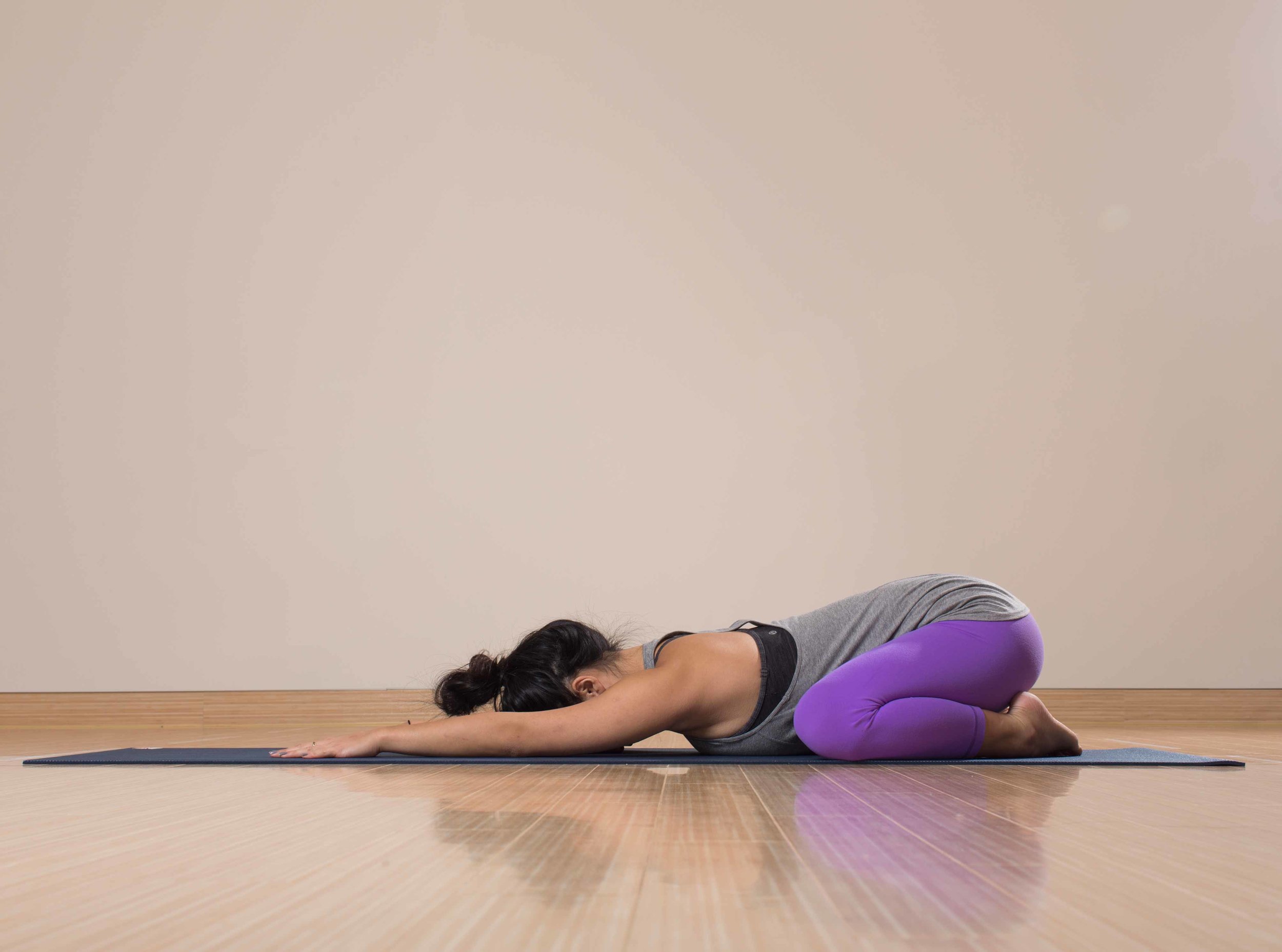 An excerpt by Rachel Wallmuller:
An excerpt by Rachel Wallmuller:
What is the hardest part of yoga practice? Is it the asana or the breath? Is it the discipline to step on your mat every day? Is it your willingness to try something new? It may be any combination of these things, or it may be one thing. In my experience it is the simple act of letting go.
Let us not get confused here. By letting go, I don’t mean surrendering or giving up, but rather letting go of the stories we tell ourselves that we can’t do something, the expectations and judgments we experience as we move through our practice, and our egos that push us too hard. So often these judgments and harsh criticisms hold us back, keeping us from our true potential, hiding us from the brilliance within.
One of my yoga teachers says “the strongest yogi in the room is the one that takes child’s pose when they need it.” How true. How many times have you pushed yourself too hard in class only to be left feeling worse than when you walked in or maybe even pushing to injury? Have you been practicing for awhile with little change and feel frustrated? Yes, you show up every day, but you are still as stiff and tense as when you began. You can power through any Vinyasa, but your stress and anxiety levels are through the roof. Kudos to you for coming to class, but have you considered that it’s not the asana you need to master, but the act of listening and letting go instead.
Where to start? First, know that this is a process and as such it can take a long time to learn. In other words, get your Patience hat ready. Next, when the little voice inside tells you to do more, do less and see what happens. By doing so you learn to question whether your ego is pushing you forward for all of the guts and glory or if you’re really ready to go deeper.
Sometimes that little voice inside isn’t so nice about what is happening on your mat and depending on your life experiences, it can be downright disheartening. In this instance, turn it around by just being kind to yourself and take a break. Hard stuff, I know, but give it a try. The world will not come to an end because you did one less Chaturanga. In fact, you may even find yourself more peaceful when you do stop and listen. This is a huge step in learning to let go. Quieting the stories for even the smallest of moments can allow you to open up in so many ways. Take this experience off of your mat and see how letting go of all the expectations and judgments can help you be more free.
12 Things to Stop Doing in the Next 12 Months (Here's to an Amazing 2013)
Let’s fast forward: You are on your death bed, wondering and imagining what you could have done. You could have pursued that passion, opened that business, or spent more time with your loved ones. But that time has long passed, and the only thing you can do now is think about what is done – what is set in stone. Oh, what you would do to get those moments back and live your life the right way – to repaint the past, take chances, spit in the face of your fears, share your love, and live with no regrets.
Close your eyes and think about it – envision yourself lying there in your final moments feeling like this. Now open your eyes. What do you see? Life and opportunity. You still have a chance. What are you waiting for?
Below you will find twelve bad habits to stop in the next twelve months. Because sometimes the smartest way to get ahead, is to stop doing the things that have been holding you back.
- Stop settling for the same old routine. – So many people live daily with unhappy circumstances, and yet will not take the initiative to change their situation. They somehow believe that conforming to their current circumstances will eventually lead to a life of comfort, security, and peace of mind, but in reality nothing is more damaging to their spirit. The very basic core of the human spirit is a natural passion for exploration and growth. This growth comes directly from our encounters with new experiences; and hence there is no greater destination in life than to have an endlessly changing horizon – for each day to have a new and different sun. Read A New Earth
(it will blow your mind about the new thinking of consciousness, especially as we move through December 21st)
- Stop ignoring your education. – Love it or hate it, being in school makes personal growth easy. You learn things that you never would have taught yourself otherwise. You are put in situations designed specifically to challenge your mind. But once your school days are over and the assignments have stopped, no one is forcing you to learn anymore. It is so easy to stall without the rituals of active schooling, and gradually slip into a pattern of educational idleness – many people do. As adults there is no curriculum to follow, except the goals we set for ourselves. Even though no one is actively challenging you, you must still choose to challenge yourself EVERY DAY.
- Stop trying to transform the people around you. – The deepest craving of human nature is the need to be appreciated as is. Sometimes we try to be sculptors, constantly carving out of others the image of what we want them to be – what we think we need, love, or desire. But these actions and perceptions are against reality, against their benefit and ours, and always end in disappointment – because it does not fit them. The beginning of love is to let those we care about be perfectly themselves, and not to distort them to fit our own image. Otherwise we love only the reflection of ourselves we find in them.
- Stop numbing yourself. – ‘Numbing’ is any activity that you use to desensitize your feelings so that you don’t experience vulnerability or hurt. But by numbing yourself to vulnerability, you also numb yourself to love, belonging, creativity, and empathy. Remember, love is scary. Love is risky. Love is unsafe. Love isn’t for the faint of heart. Love takes courage. And most importantly, love and fear can’t coexist. Love means giving someone the opportunity to break your heart, but trusting them not to.
- Stop belittling your potential. – You are a victim of the rules and beliefs you live by. But you are what you choose today, not what you have chosen before. So let today be the day you love yourself enough to no longer just dream of a better life; let today be the day you create it. Don’t hope for an easy way out. Look inside yourself for the strength you need to achieve your dreams, and then take action. Read The Road Less Traveled
.
- Stop wasting time. – You are customer of bank called TIME. Every morning it credits you with 86,400 seconds. Every night it writes off, as a loss, whatever remainder you have failed to invest to good purpose. It carries over no balance. It allows no overdraft. Each day it opens a new account for you with the same deposit of 86,400 seconds. Each night it burns the remains of the day. If you fail to use the day’s deposits, the loss is yours. There is no going back. There is no drawing against the tomorrow. You must live in the present on today’s deposits. Invest it so as to get from it the utmost in health, happiness, and success. You’re making withdrawals right this second; make them count.
- Stop disregarding your own significance. – You are one person out of seven billion people, on one planet out of eight, in one star system out of a hundred billion, in one galaxy out of another hundred billion. And you are enormously significant! Why? Because out of a hundred billion galaxies existing in a hundred billion star systems, out of seven billion people, you have your own unique genetic makeup. Your thumbprint and thoughts are yours alone. You can craft art, solve scientific problems, and create life through your love and passion. And you are depended on by others who love you. You are enormously significant.
- Stop getting sucked into needless drama. – No matter how badly people treat you, never drop down to their level; just know you’re better off without their negativity and walk away. If you attach yourself to their negative behavior it brings you down to their level. There honestly comes a time when you have to let go of all the pointless drama and people who create it, and surround yourself with people who make you smile so big that you forget the bad, and focus solely on good. Life truly is too short for anything less.
- Stop being so quick to judge. – No matter how strong a person is, they have weak points. And sometimes all they really need is a listening ear from a compassionate friend. You must consider their circumstances with love rather than judgment. You must move into the right here, right now, with an open heart and a willingness to be supportive, unconditionally.
- Stop focusing on the negative. – Anyone can see that it’s imperfect; it takes a wise person to see how it’s perfect. Anyone can describe how it’s getting worse; it takes a wise person to describe how it can be joyfully improved. Anyone can feel overwhelmed and give up; it takes a wise person to take compassionate, persistent and committed action every day. Wisdom is this simple. So start being wise with your perspective. Read The Tao of Pooh
.
- Stop treating change as a bad thing. – In life, loss is inevitable. The death of a loved one, the loss of a job, and so forth, is hard to accept. But everything around you – your body, your possessions, your relationships – is impermanent. Everything around you changes, so you must seek an understanding within yourself which remains forever. You don’t have control over every little thing that happens to you, but you do have control over how you decide to internalize it. One of the keys to happiness is to pay as much attention to the changes that are working positively in your life as you do to those changes that are giving you trouble.
- Stop stressing over what could have been. – Because the chances are if it should have been, it would have been. Change happens. Happiness is about trusting that what has happened has long-term positive rather than negative results. Trust that life is happening for you, not to you. This “inverse paranoia” of believing everything is for the greater good helps the human spirit face and welcome life’s changes cheerfully. Give it a try; it makes all the difference.
Yogitoes!
 We have a wide variety of yogitoes (skidless yoga towel) here at Yogalife! They are our number one seller and we have over 20 colors in stock! They are the perfect gift for any yogi in your life. For sale for only $58 (less in one of our aforementioned packages).
We have a wide variety of yogitoes (skidless yoga towel) here at Yogalife! They are our number one seller and we have over 20 colors in stock! They are the perfect gift for any yogi in your life. For sale for only $58 (less in one of our aforementioned packages).
The Yogitoes Vision:
With a deep-seated passion for sustainability that influences every aspect of our business practices, yogitoes was referred to by Susy Borlido, Business Greening Program Director for Sustainable Works, as the greenest office on Main Street, the Santa Monica Green Light District.
Committed to using recycled content in 100% of our yoga line by 2013, yogitoes has already rescued nearly 900,000 plastic bottles from our oceans and landfills. Continuously pushing the creative envelope in sustainability, yogitoes launched rYoga Collection, a full line of yoga tools made with recycled and repurposed materials, such as recycled plastic bottles, recycled rubber and rice husk, a by-product of rice grain production that normally goes to landfills or gets burned. The "r" stands for recycled and for our collective responsibility to make a difference in the health of our planet.
Less than 10% of recyclable materials actually gets recycled. It is vital for the health of our planet and our children that we find creative ways to reuse and repurpose these materials, and yogitoes is excited to be part of that solution.
Transcending beyond green product, yogitoes renovated its offices and rExperience Lab to LEED standards, and has Green Business Certification. rExperience Lab opened as part of yogitoes’ headquarters in August 2012, to engage the community in sustainability of mind, body, spirit and mother earth, and serve as a gallery for mindful organizations. This creative space also serves as a retail showroom and R&D lab, where we share our products while educating on green living and inspiring involvement.
Yogitoes supports environmental organizations like 5 Gyres and Kurmalliance, along with organizations devoted to human wellness, in giving 1% of annual sales. The relationship between environmental and human health is deeply linked, and yogitoes’ culture is rooted in helping both to thrive.
Come by to one of our locations to support this creative green movement!
Food Bank Donations
For the entire month of December, Yogalife Studios will be taking food bank donations. Feel free to bring any non-perishable items down to either location!
Edmonton Food Bank Mission:
To be stewards in the collection of surplus and donated food for the effective distribution, free of charge, to people in need in our community while seeking solutions to the causes of hunger.
Each month, more than 15,000 people receive hampers from Edmonton’s Food Bank or one of the over 190 agencies, churches or food depots with which we are affiliated. The Food Bank also distributes food to more than 300,000 meals and snacks each month. Approximately 40% of clients served are children under 18. When individuals call the Food Bank looking for assistance, they are asked questions about their situation such as their name, address, family size, source of income, and what has happened that has left them short of money and food. During this process, the individual may be provided with information on other helping agencies or groups such as low-cost housing, collective kitchens, free meals, free or low-cost household goods or clothing, a food co-op, employment information (resumes, access to fax and phone), Health For Two (pre-natal health connection), emergency shelters and immigrant services.
Information on Edmonton’s Food Bank
Fast Facts 2011 - Works collaboratively with more than 200 agencies, churches and food depots throughout Edmonton, such as the Salvation Army, Operation Friendship, The Mustard Seed, Our House Addiction Recovery and the George Spady Centre. These agencies receive food from our warehouse to assist their clients. - Serves approximately 15,000 people per month through our hamper programs. - In addition, over 350,000 meals and snacks are provided monthly through our affiliated agencies. - Provides special festive meals to the community. - Supports community events such as Edmonton’s bi-annual Homeless Connect. - More than 1,100 events are coordinated each year in the community to raise food, funds and awareness for the Food Bank. - Collected, sorted, repackaged, and redistributed 3.1 million kilograms of food in 2011. The approximate value of this food is over $17,000,000. - For the last three years, Edmonton’s Food Bank has been named one of Canada’s recommended charities by Charity Intelligence (www.charityintelligence.ca). - Recipient of a Human Rights Award by the John Humphrey Centre for Peace and Human Rights in 2011. Volunteers
In 2011, more than 40,800 volunteer hours were contributed.
- Volunteers assist in warehouse duties such as sorting, repackaging food and packing food hampers. They also act as ambassadors for the Food Bank at special events and fundraisers.We rely on your donations to continue our work.
***Although they are funded through the United Way they do not receive funding from any level of government. SO, you can also donate online, in-person and by mail or phone –780.425.2133.
If you can't make it into one of the studios, you do have options to donate!
Client Services: 780.425.4190
Location: 11508 120 ST NW Edmonton, Alberta T5G 2Y2
Administration Line: 780.425.2133 Fax Line: 780.426.1590
Mailing Address PO Box 62061 Edmonton, Alberta T5M 4B5
The warehouse is open Monday through Friday 8:30am-4:30pm
Thank you for consideration being a part of our cause!
Reasons to Splurge on a Yoga Mat
 There's some fitness gear to save money on, but how about yoga mats? You can grab a mat from Target or Walmart or buy a wicked Manduka Pro here at Yogalife. But is it worth it to drop so much cash on a yoga mat? Here are five reasons the answer should be yes.
There's some fitness gear to save money on, but how about yoga mats? You can grab a mat from Target or Walmart or buy a wicked Manduka Pro here at Yogalife. But is it worth it to drop so much cash on a yoga mat? Here are five reasons the answer should be yes.
1. You'll save money: When buying a pricier mat, it costs more upfront, but it's often because they are thicker, durable, and made from better-quality materials. A cheaper mat, in comparison, can begin to flake after less than a year's use. In the end, you'll actually save money since you avoid any replacement fees.
2. For you and the planet: Since expensive mats tend to be made with higher-quality materials that last longer, it means buying one mat instead of five — or more! — in your lifetime. Not only are fewer mats ending up in landfills, but you also cut back on personal consumption.
3.How it feels: When you come into your first Down Dog on a pricier mat, you'll notice the difference in smoothness, stickiness, and how it's more dense. All of these factors contribute to fewer distractions and a safer, more comfortable practice.
4. Meet for class? Sure! Investing in a more expensive mat can inspire you to practice more, not only because it feels more luxurious, but also to get your money's worth. It'd be a shame to have a $70 mat sitting in your closet.
5. Hey, why not? Yoga is a pretty gear-free activity, so besides a mat, there really isn't much else to splurge on (you know, except for incessant amounts of clothes!). So you might as well go for the best.
Pricier mats worth the splurge - in stock now!!!
Manduka Mat Pro - It weighs seven pounds, is 1/4-inch thick, and is backed by a lifetime guarantee. It's made from a blend of polyester and eco-certified PVC, with emissions-free manufacturing. We have it in a variety of colors, especially for the holidays! Manduka PROLite Mat - It weighs four pounds, is 3/16-inches thick, and is also backed by a lifetime guarantee and made from a blend of polyester and eco-certified PVC.
Categories
- Recipe 11
- Wellness 241
- Zen Habits & Inspiration 100
- Injury Prevention & Health 30
- Classes 1
- Yogalife Classes 7
- Prop Specific 1
- Studio Information 17
- Foundation Friday 25
- Physical Health 3
- Yoga Specific 54
- Curated Playlists 2
- Karma Program 5
- Staff Adventures & Journeys 10
- Anatomy & Information 30
- Community Event 15
- YEG Highlight 8
- Instructor Stories 22
- Yogi of the Month 13
- What's Going On 35
- Yogalife Workshops, Retreats & Trainings 37
- Relaxation 1
- Mental Health 2
- Workshops 34
- Registered Classes 4
- Pregnancy & Family 1
- Member Stories 5





